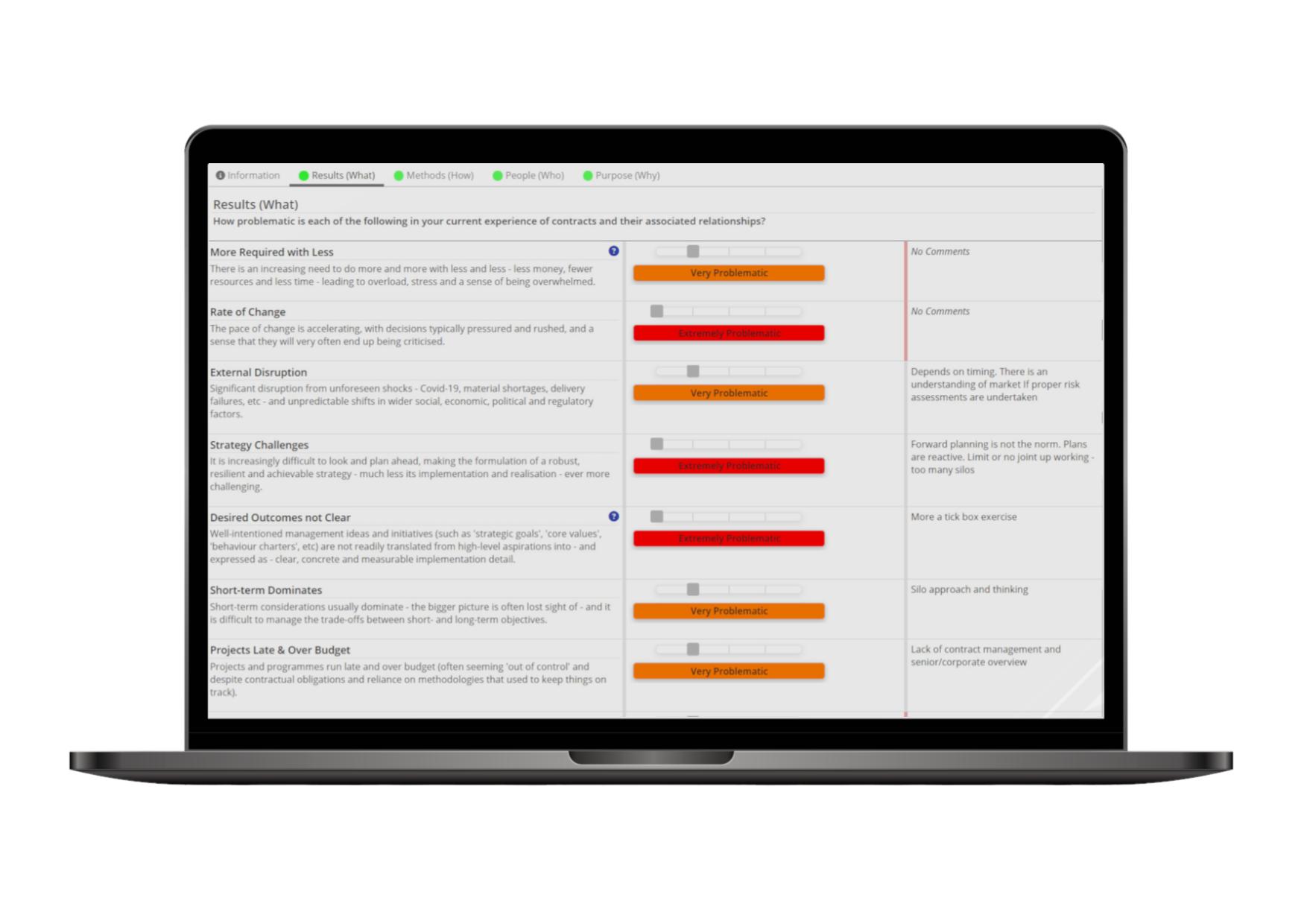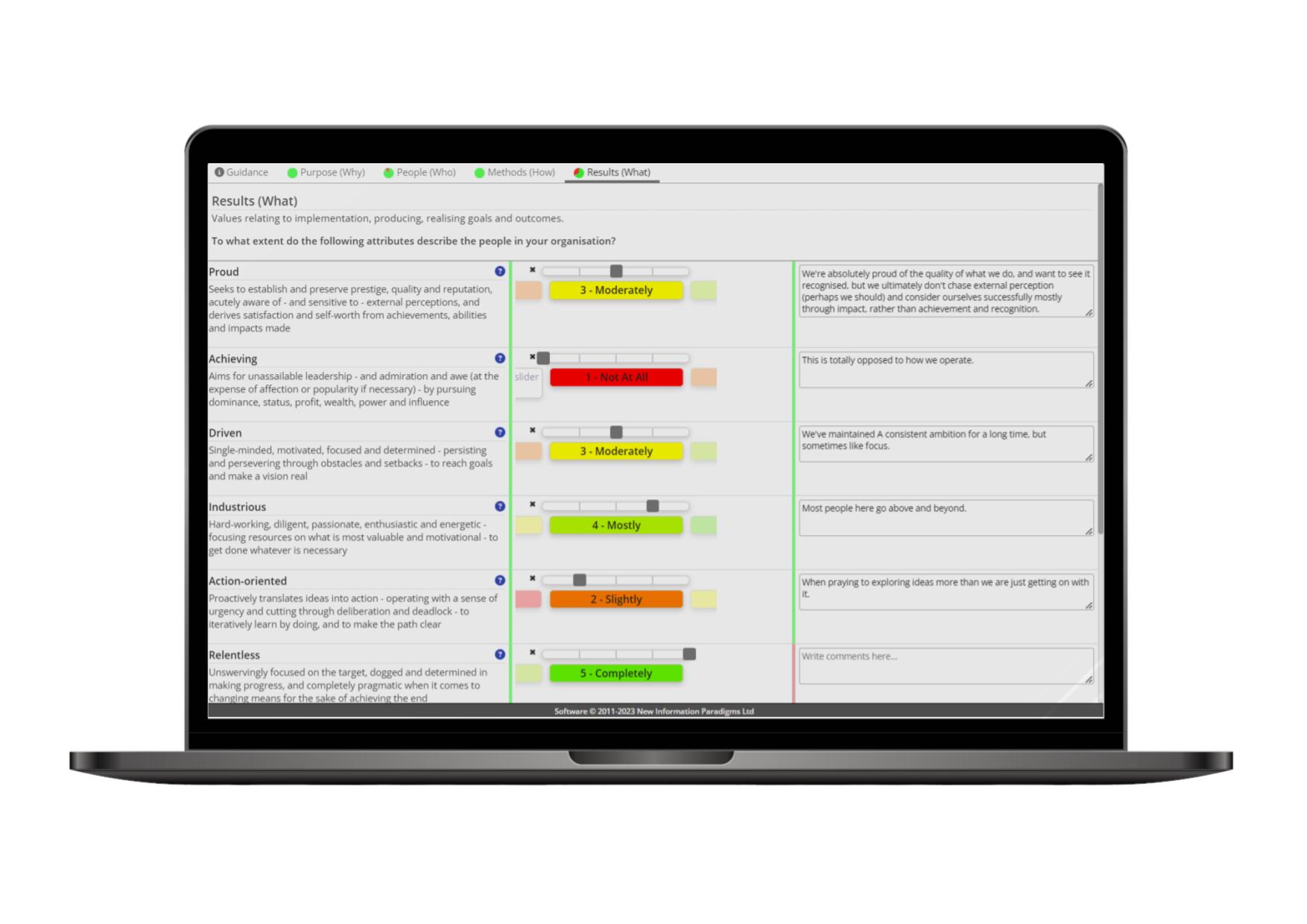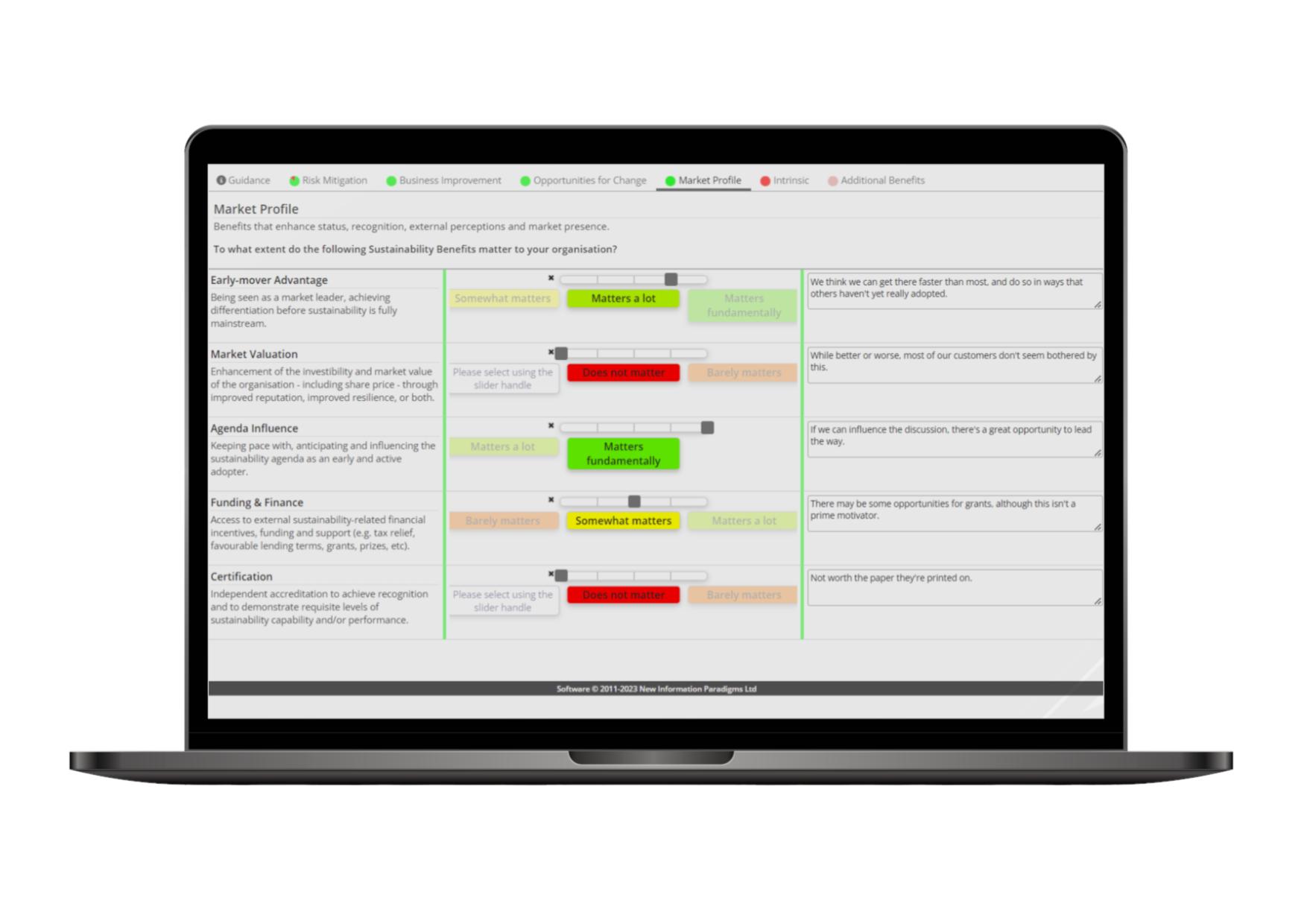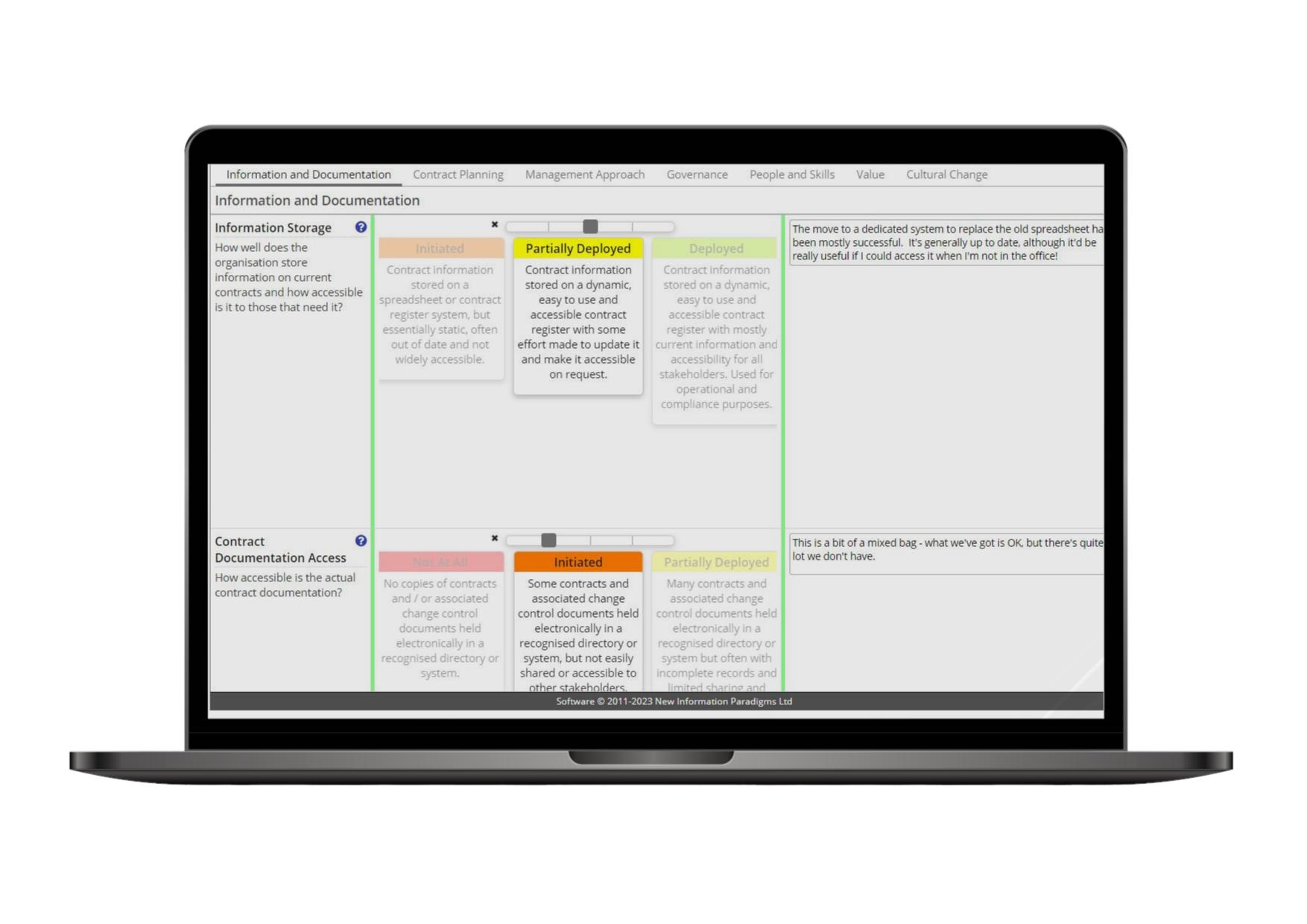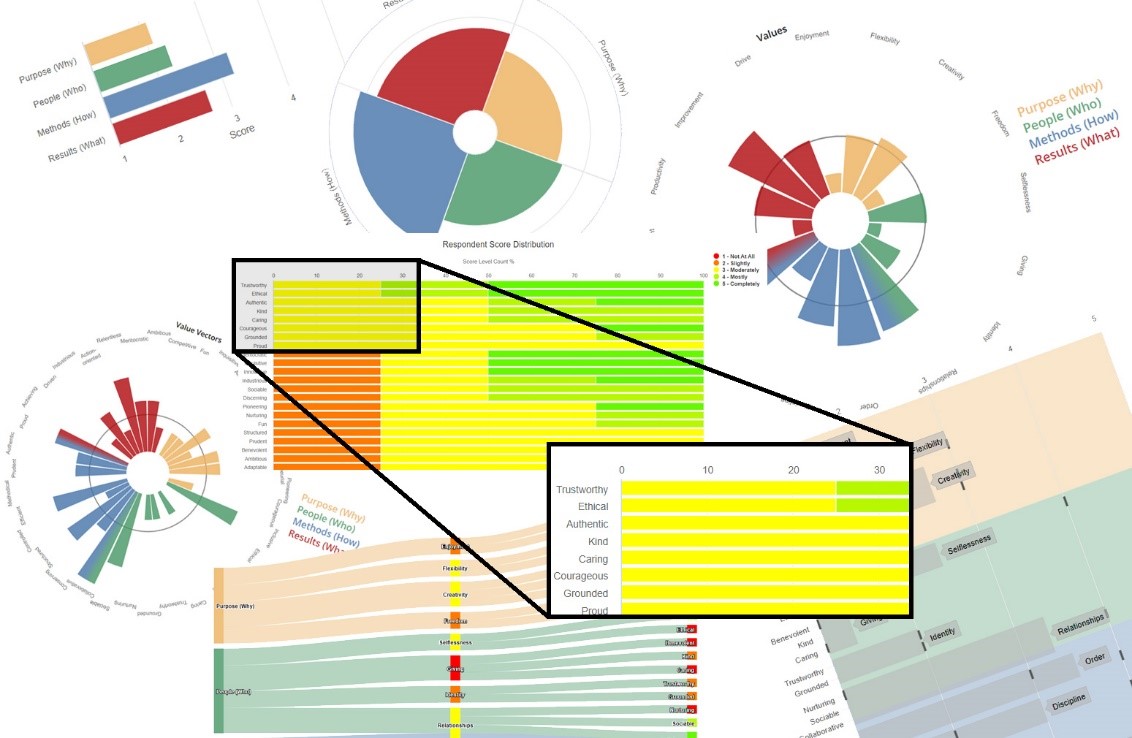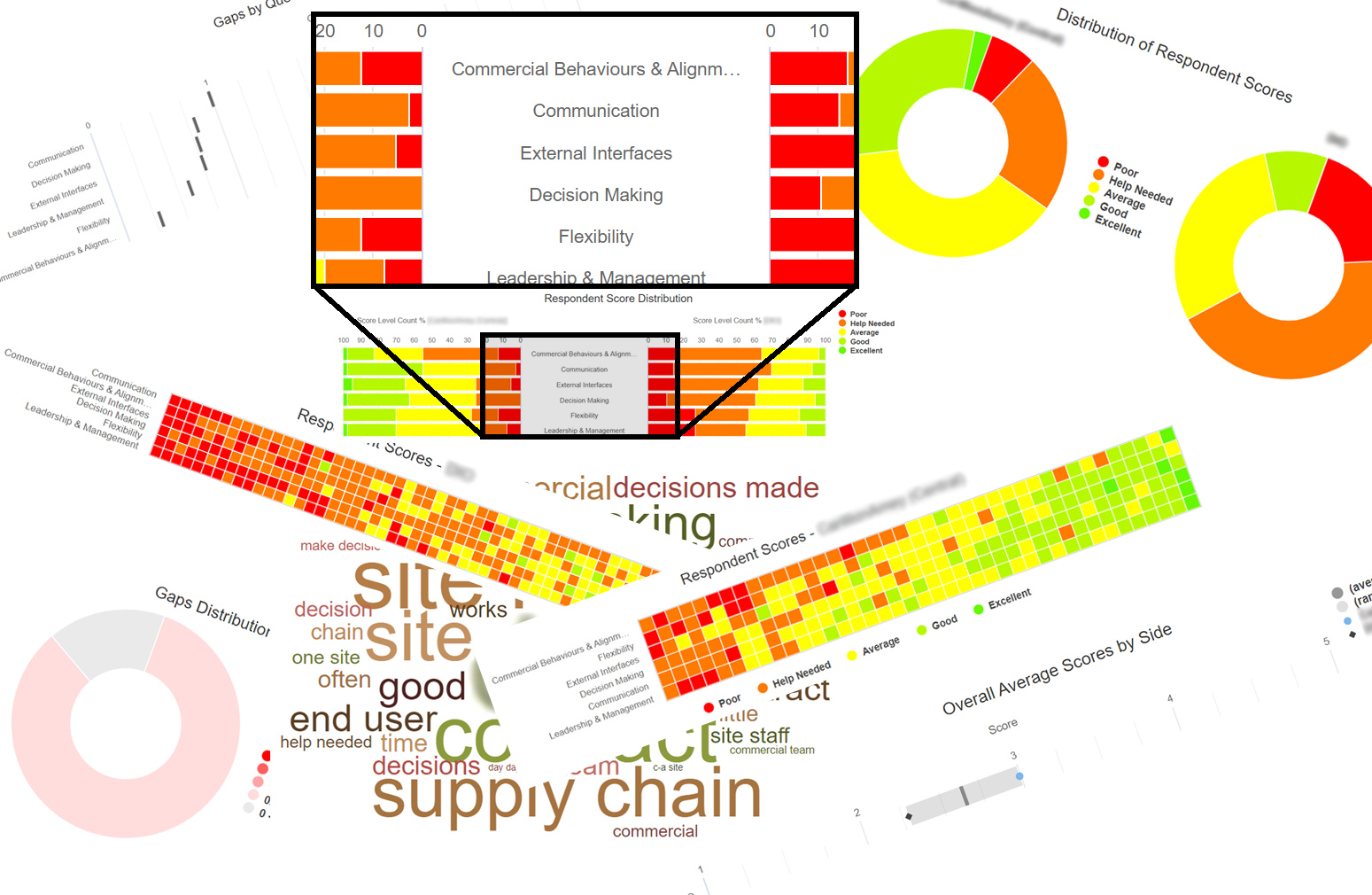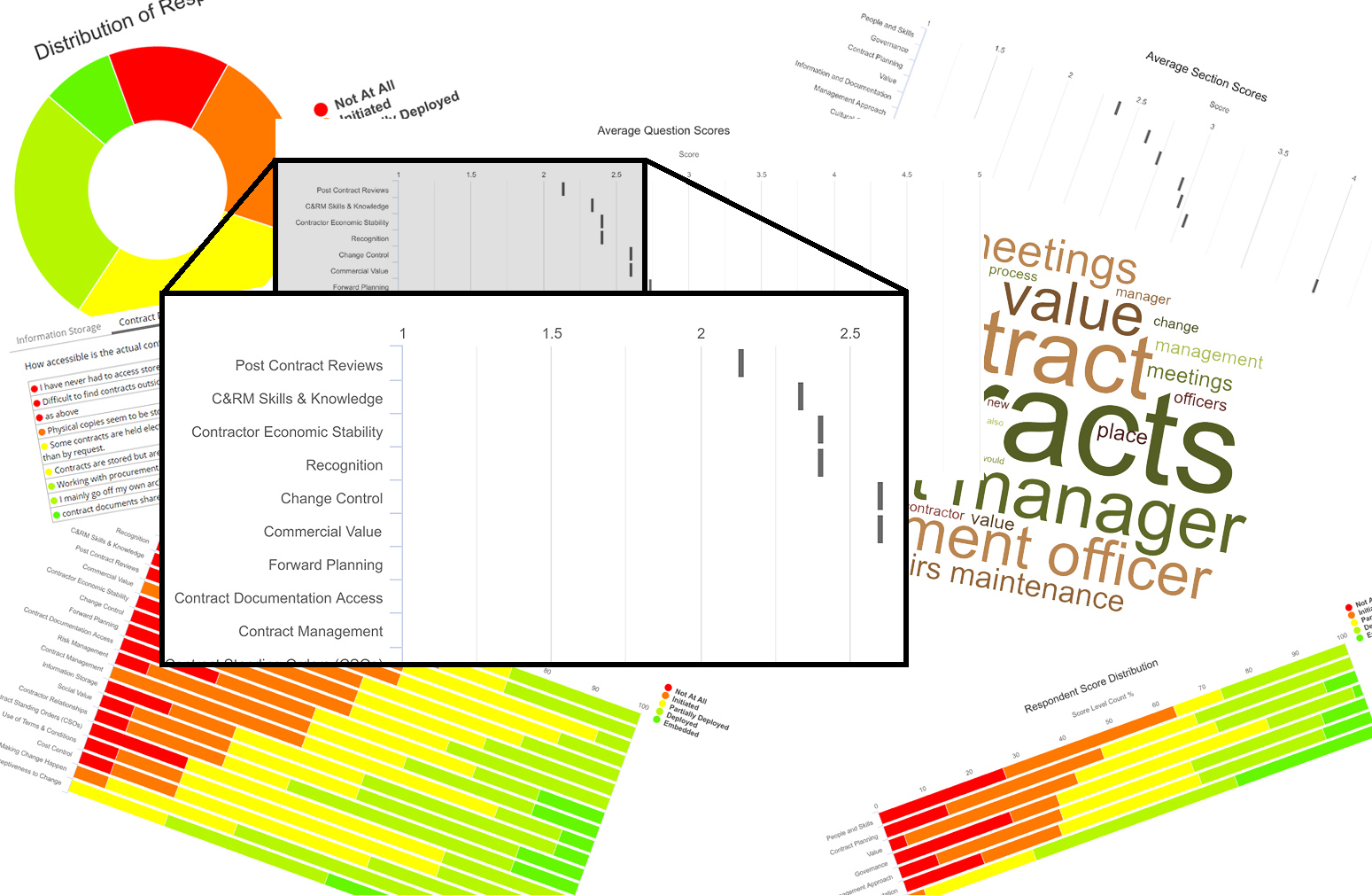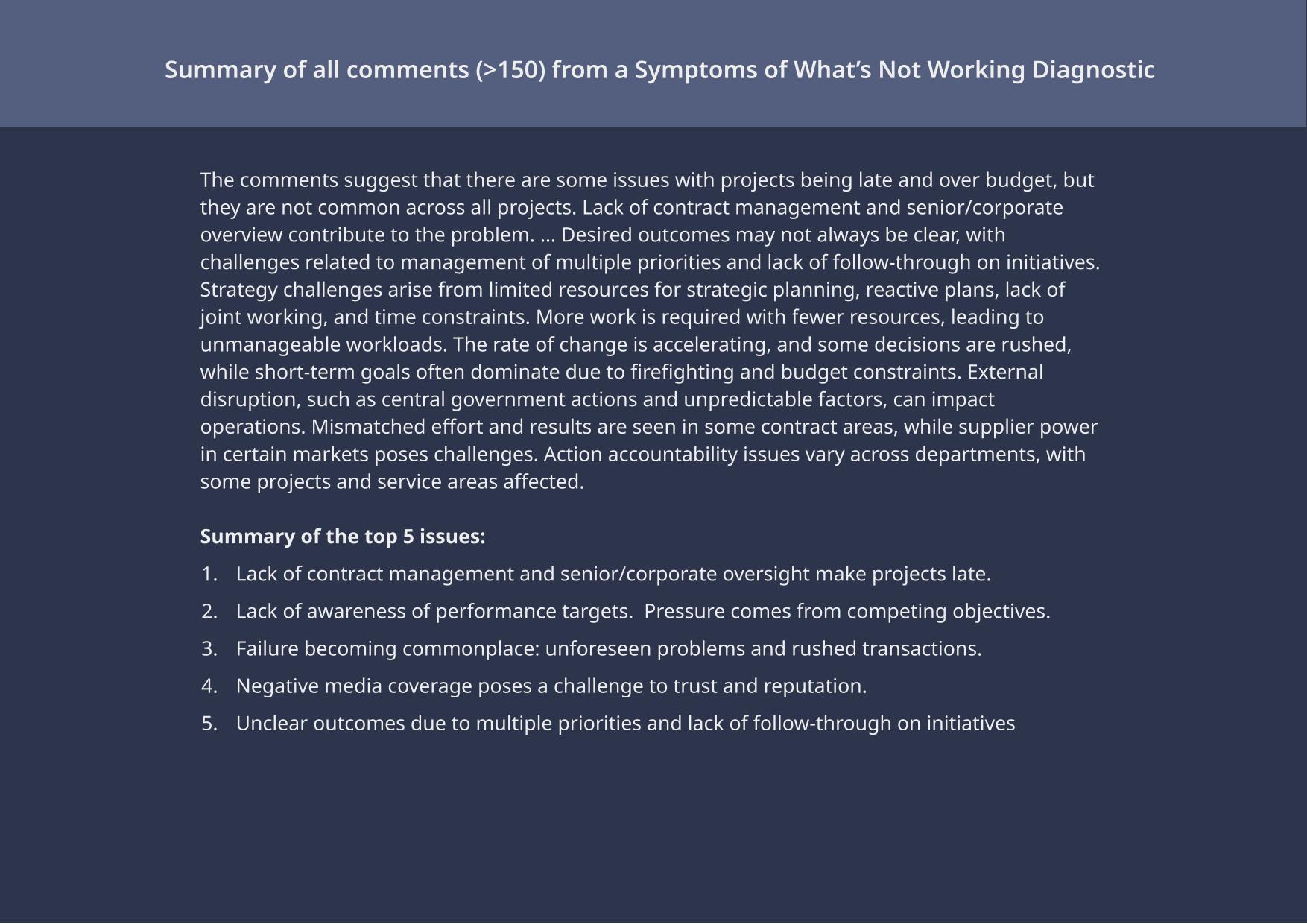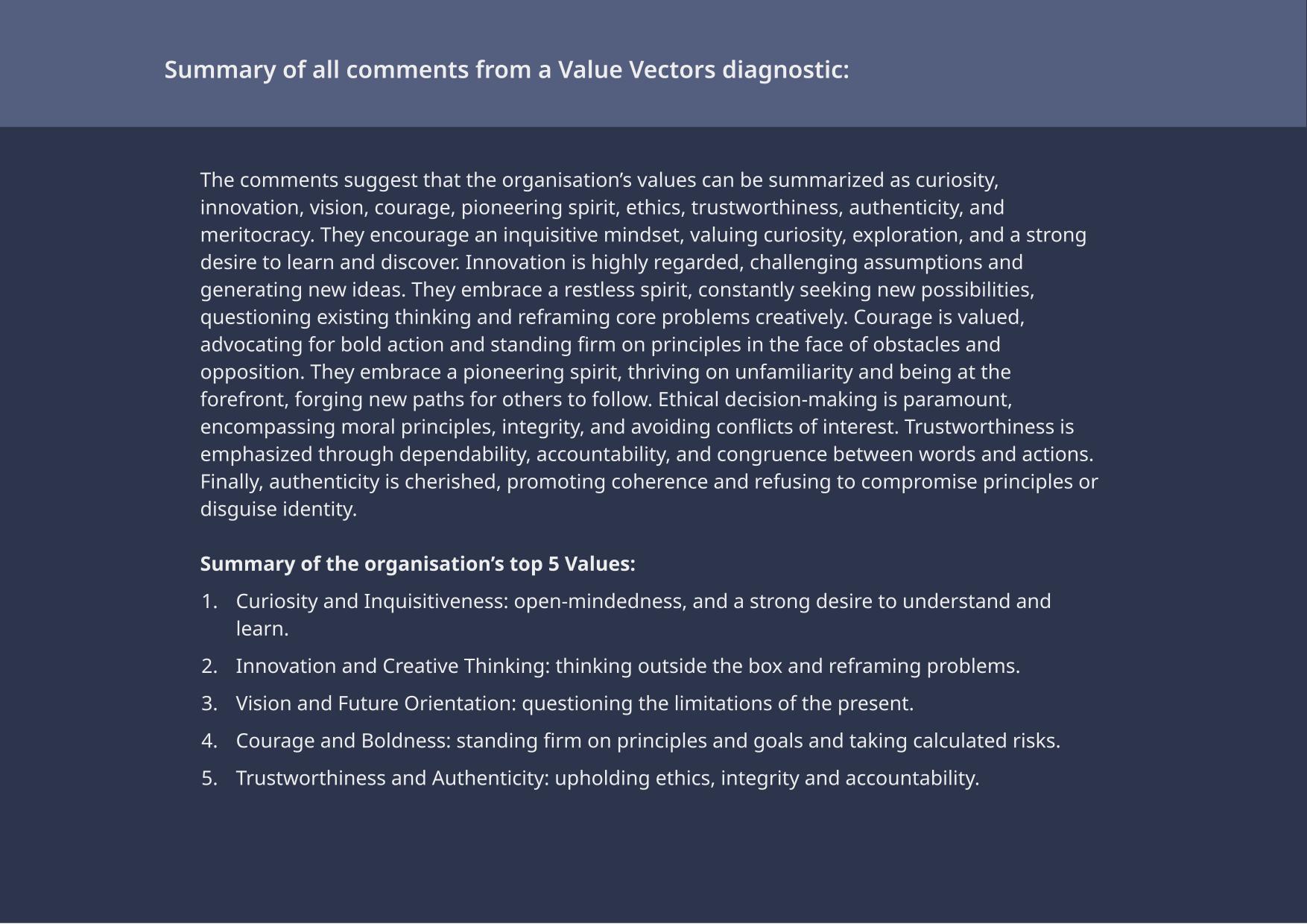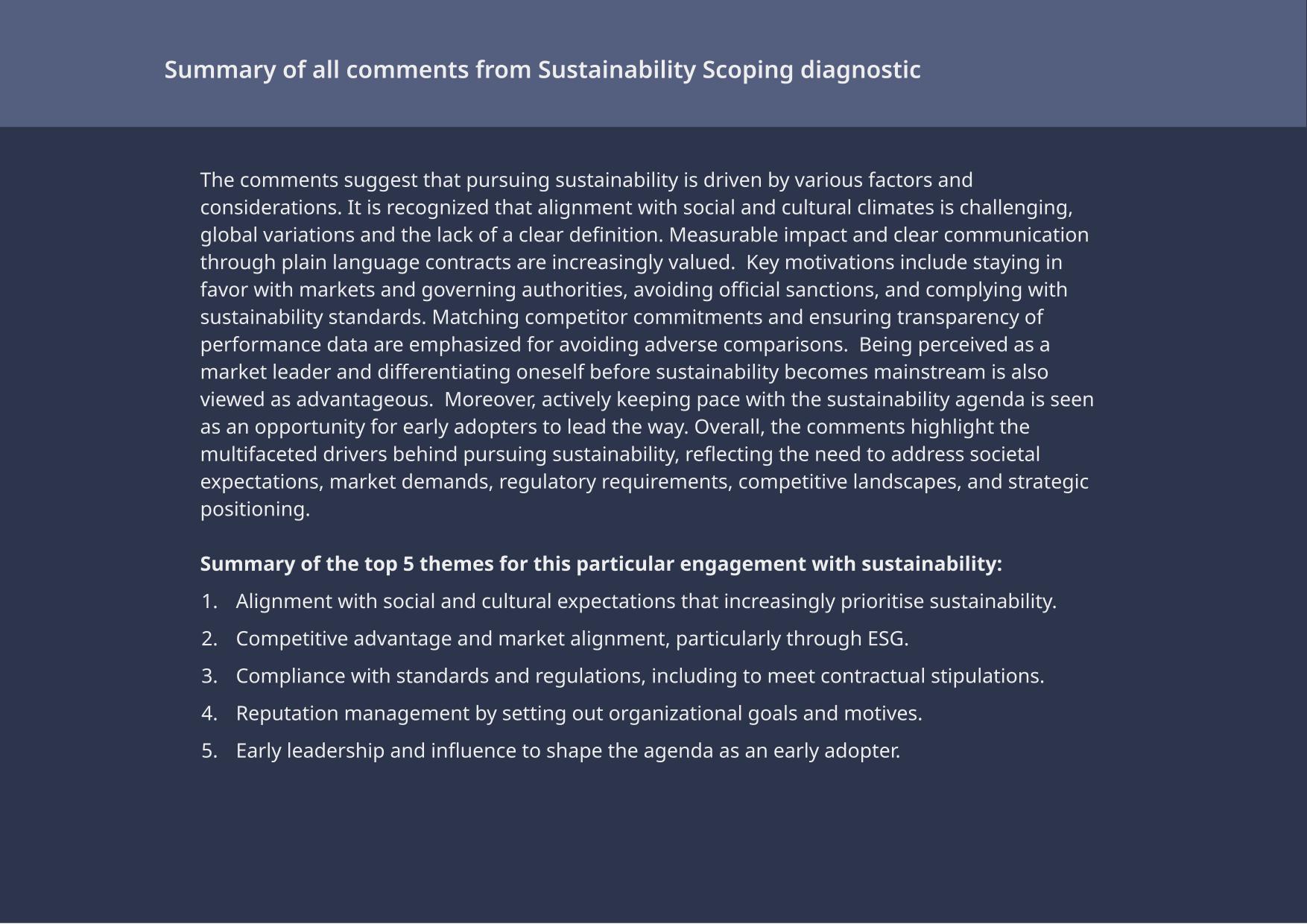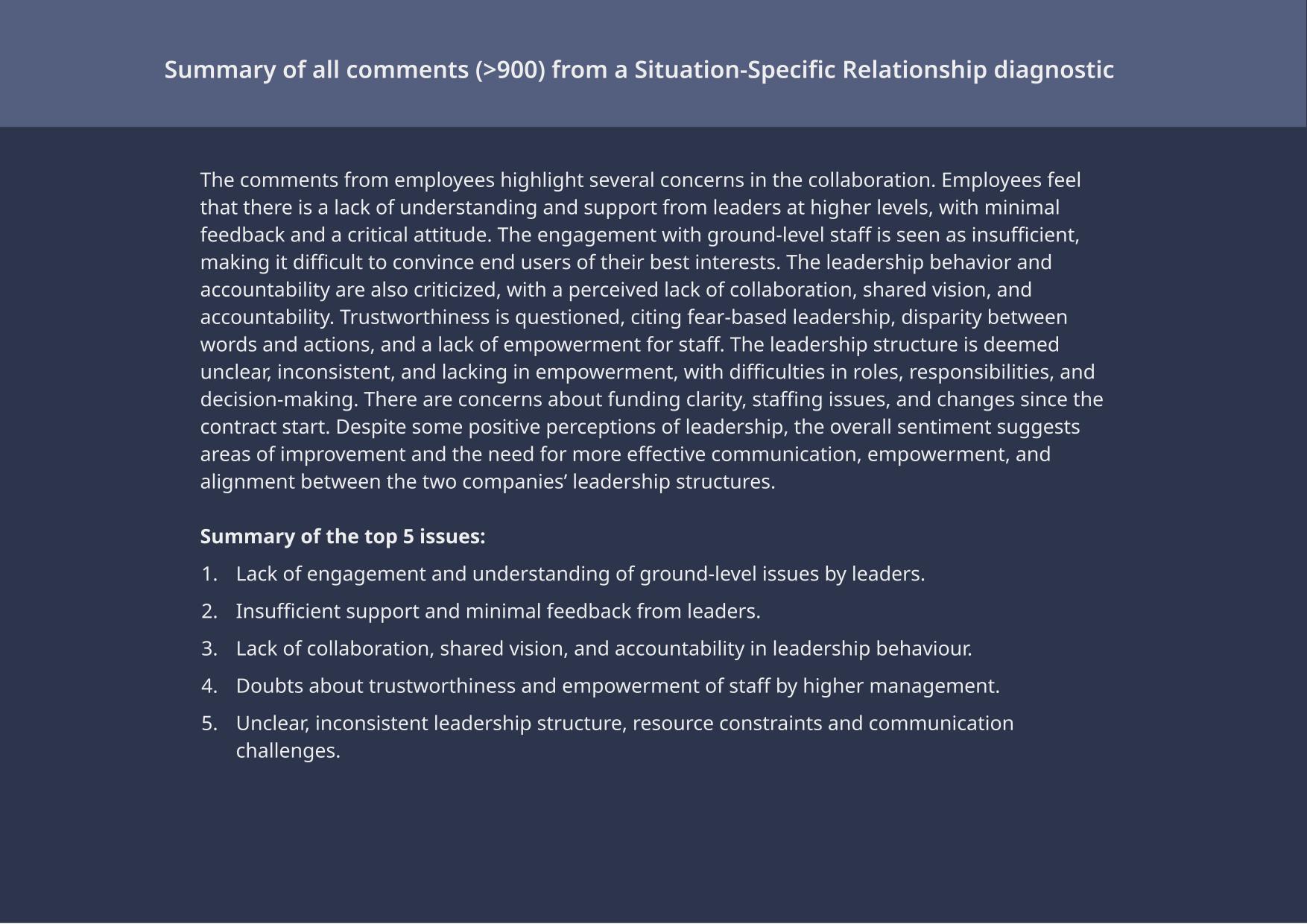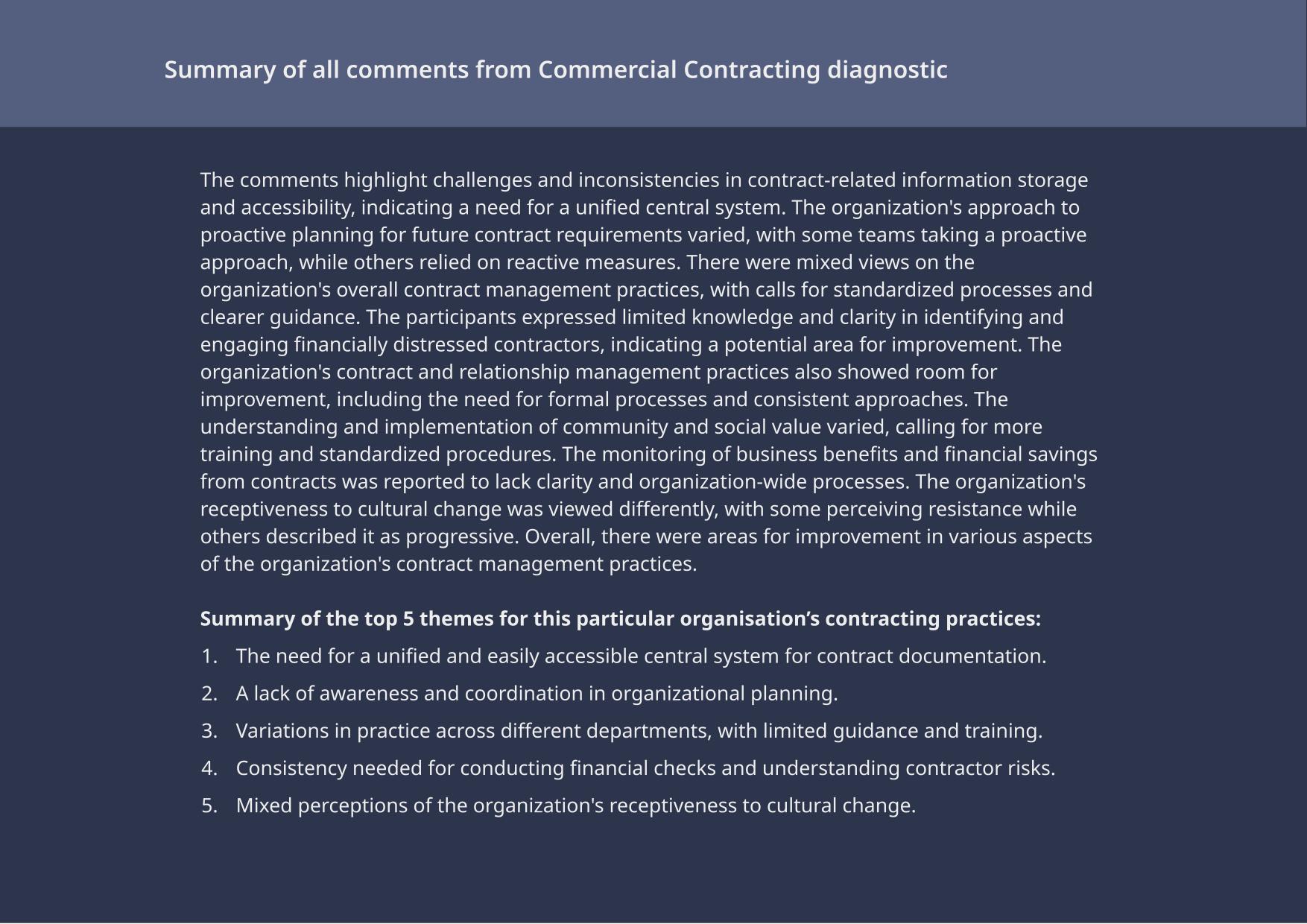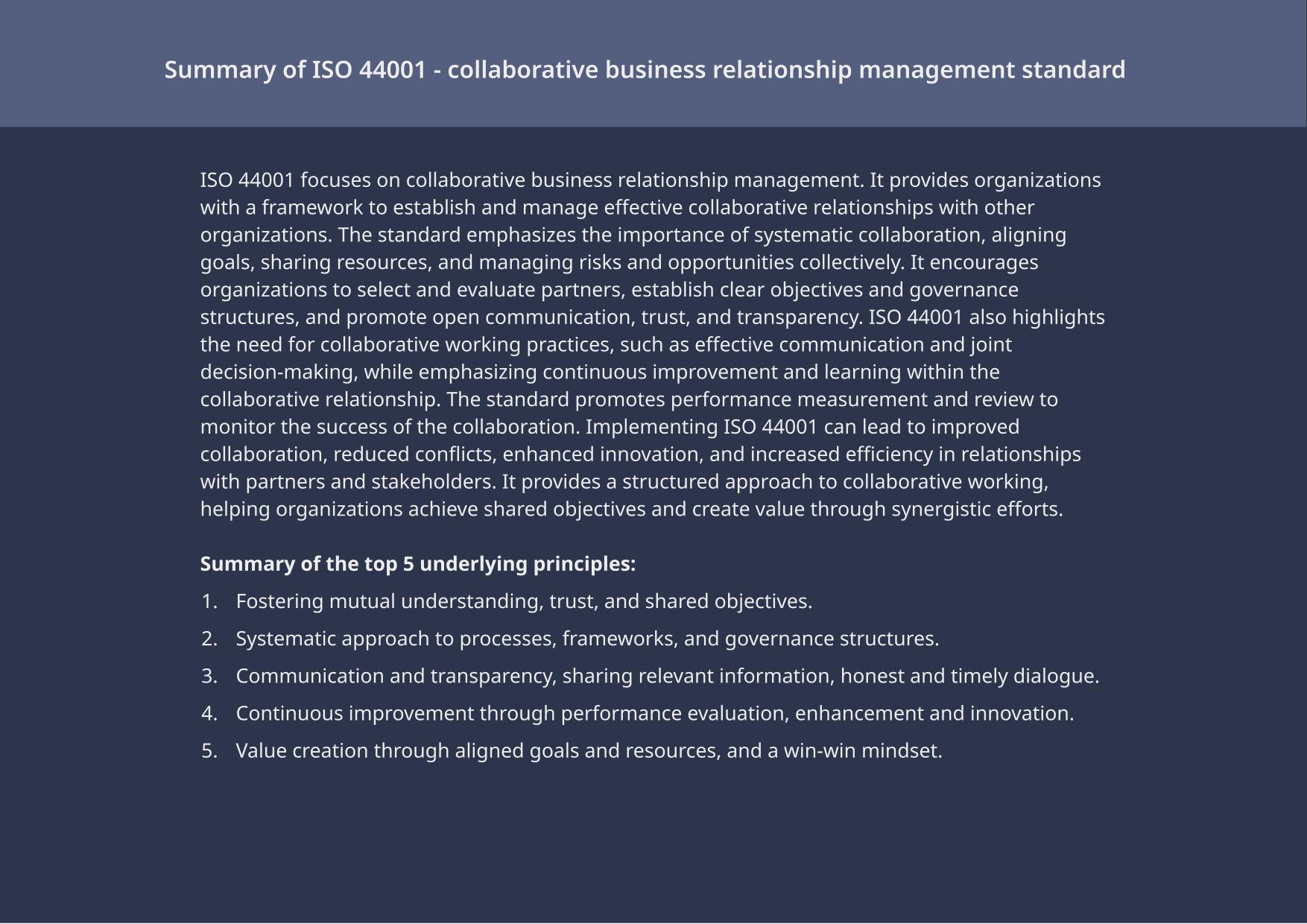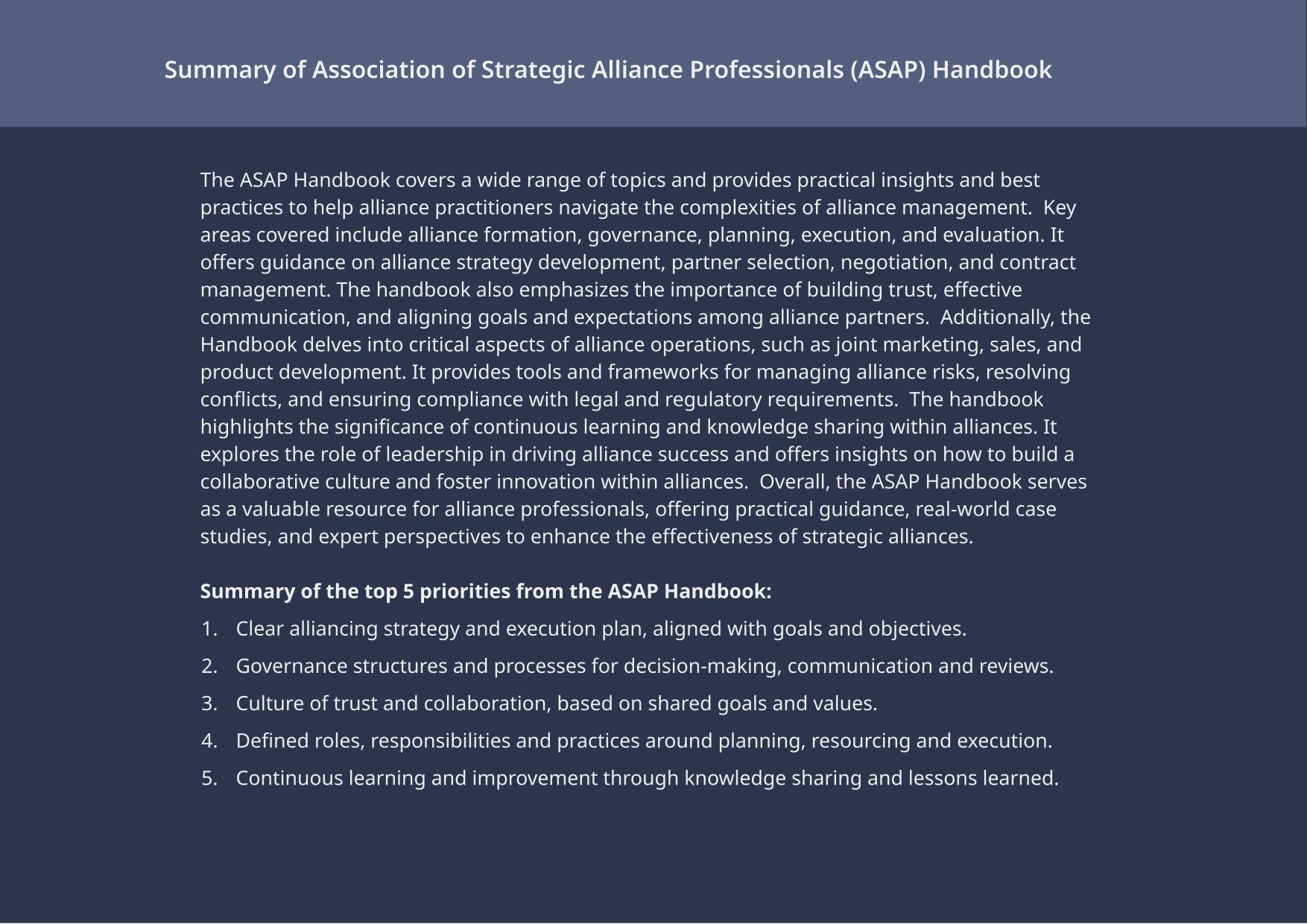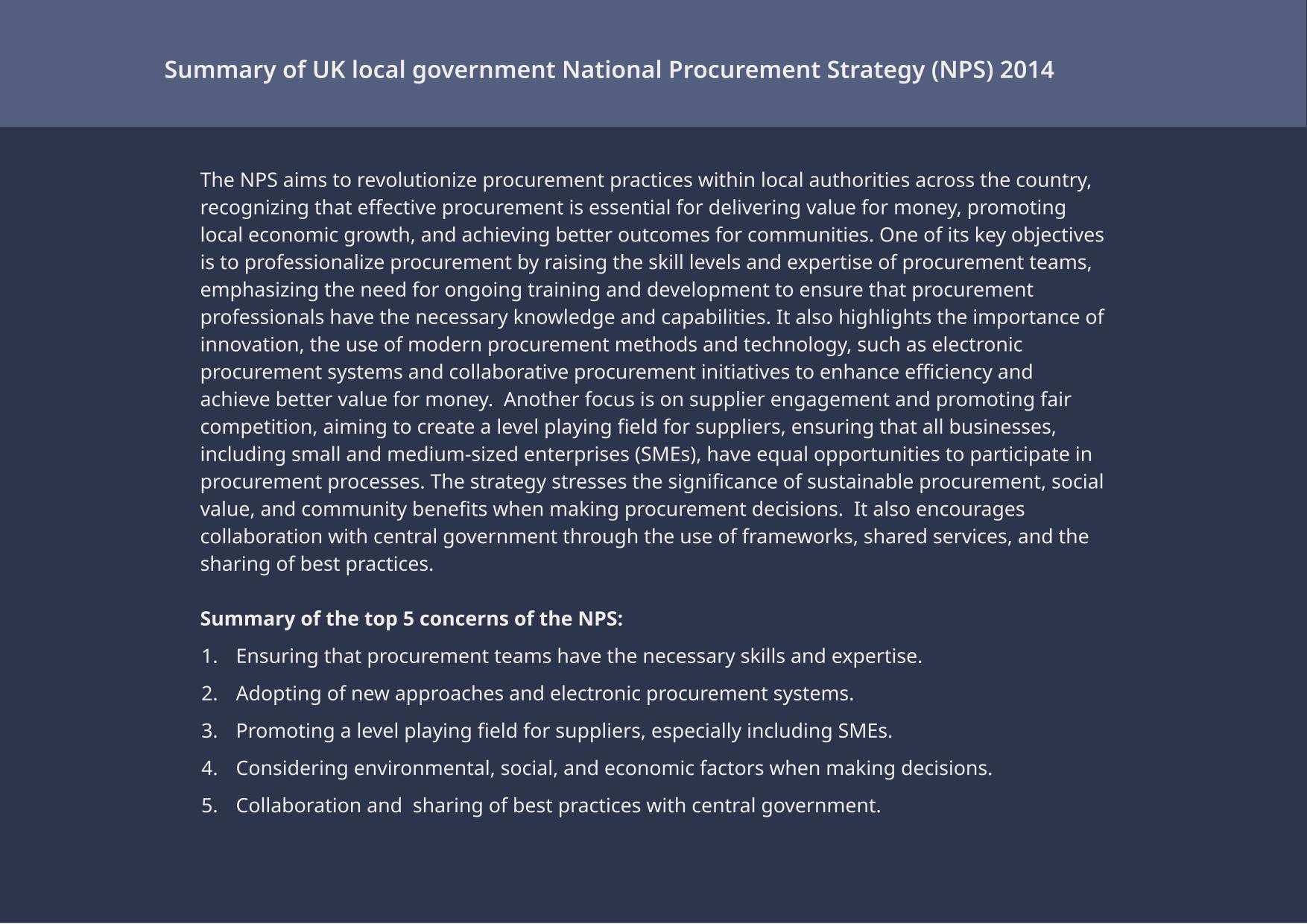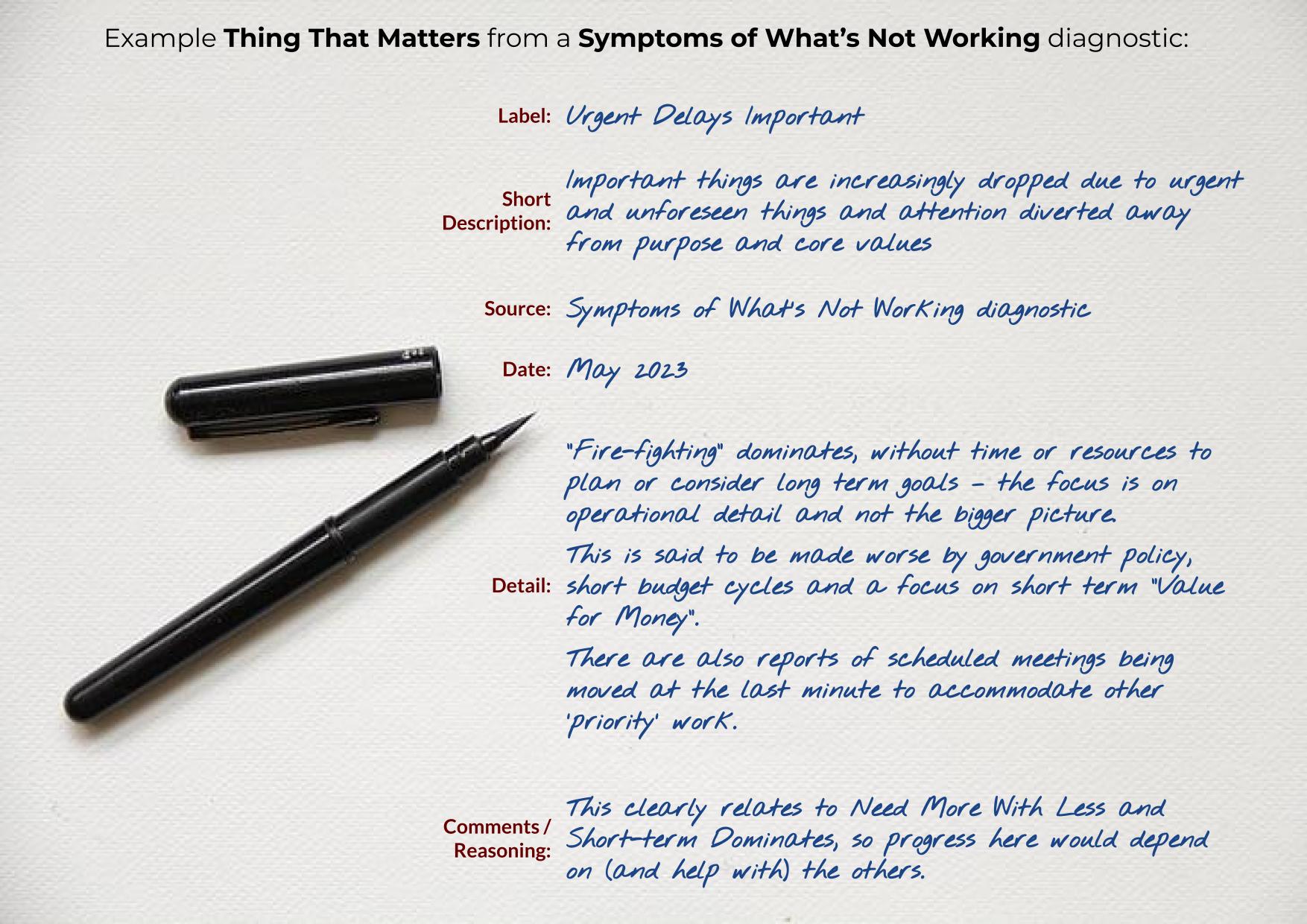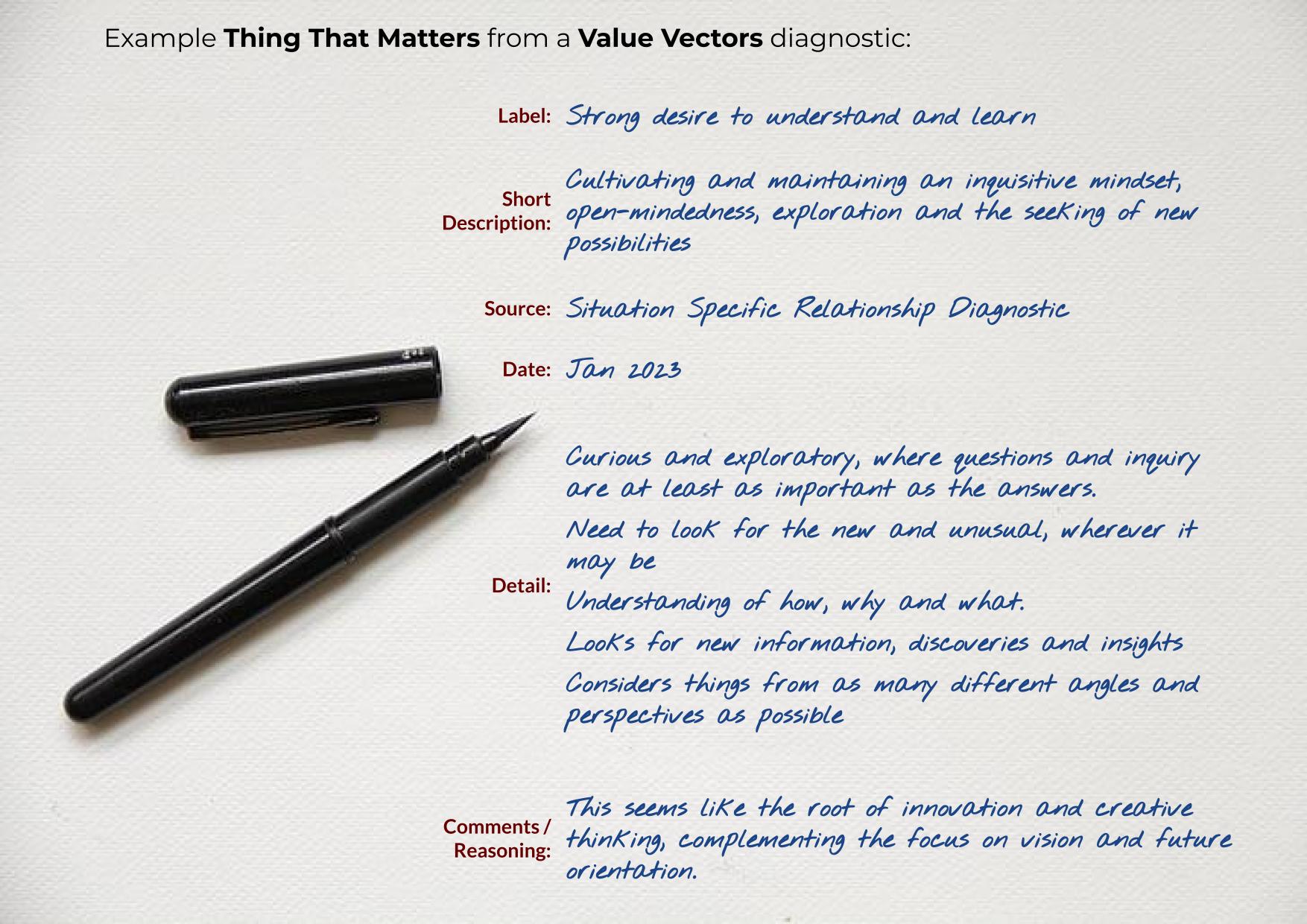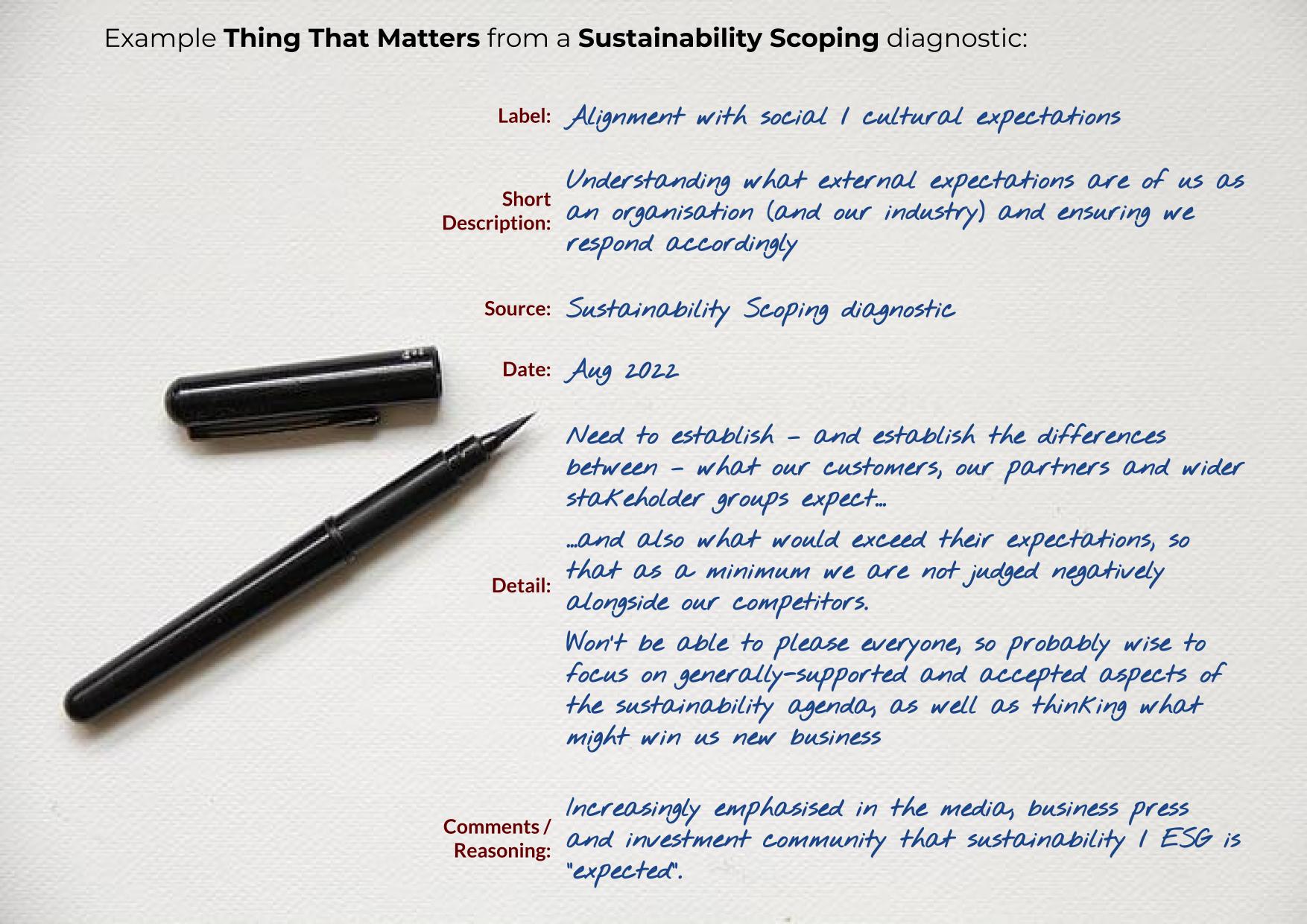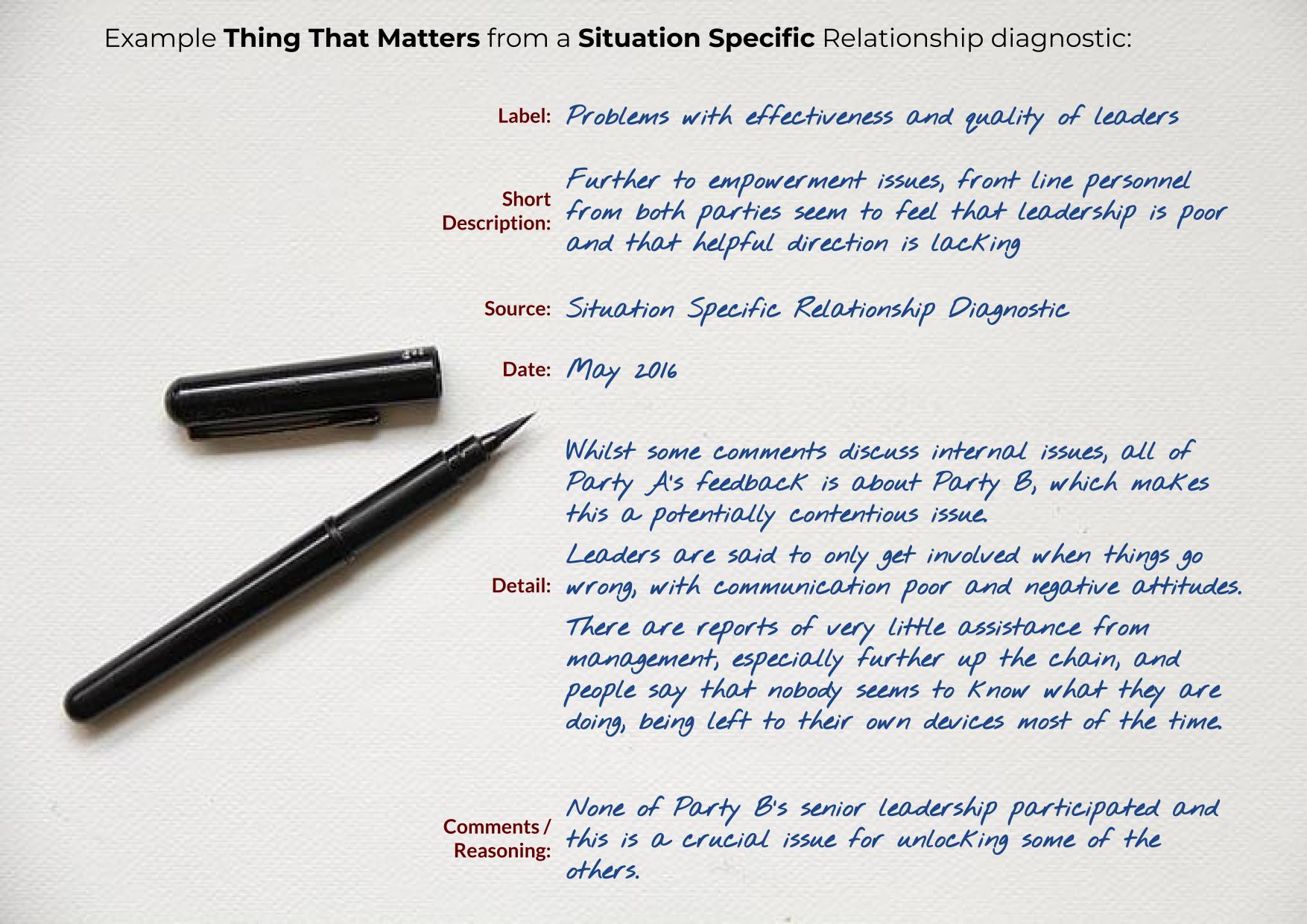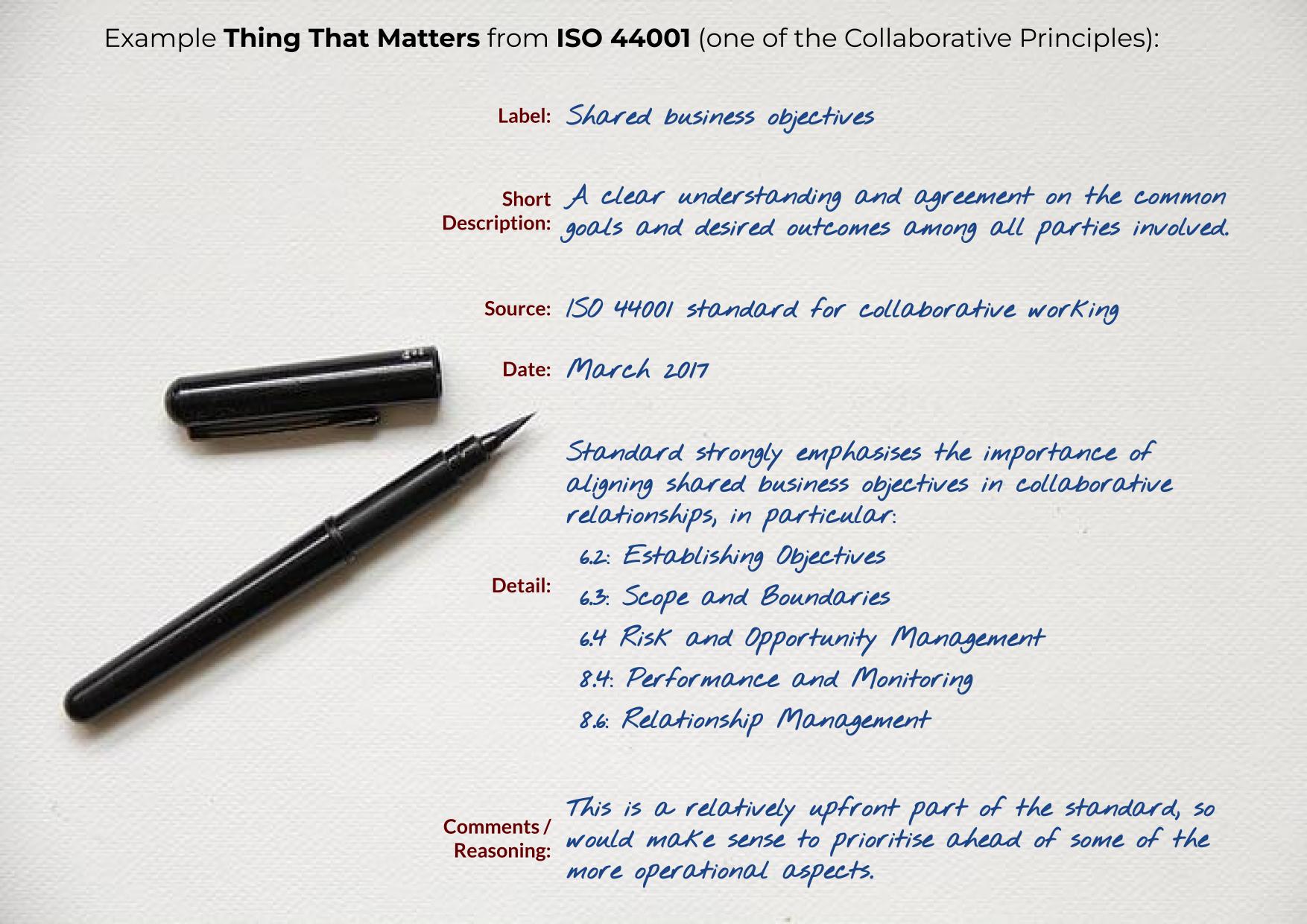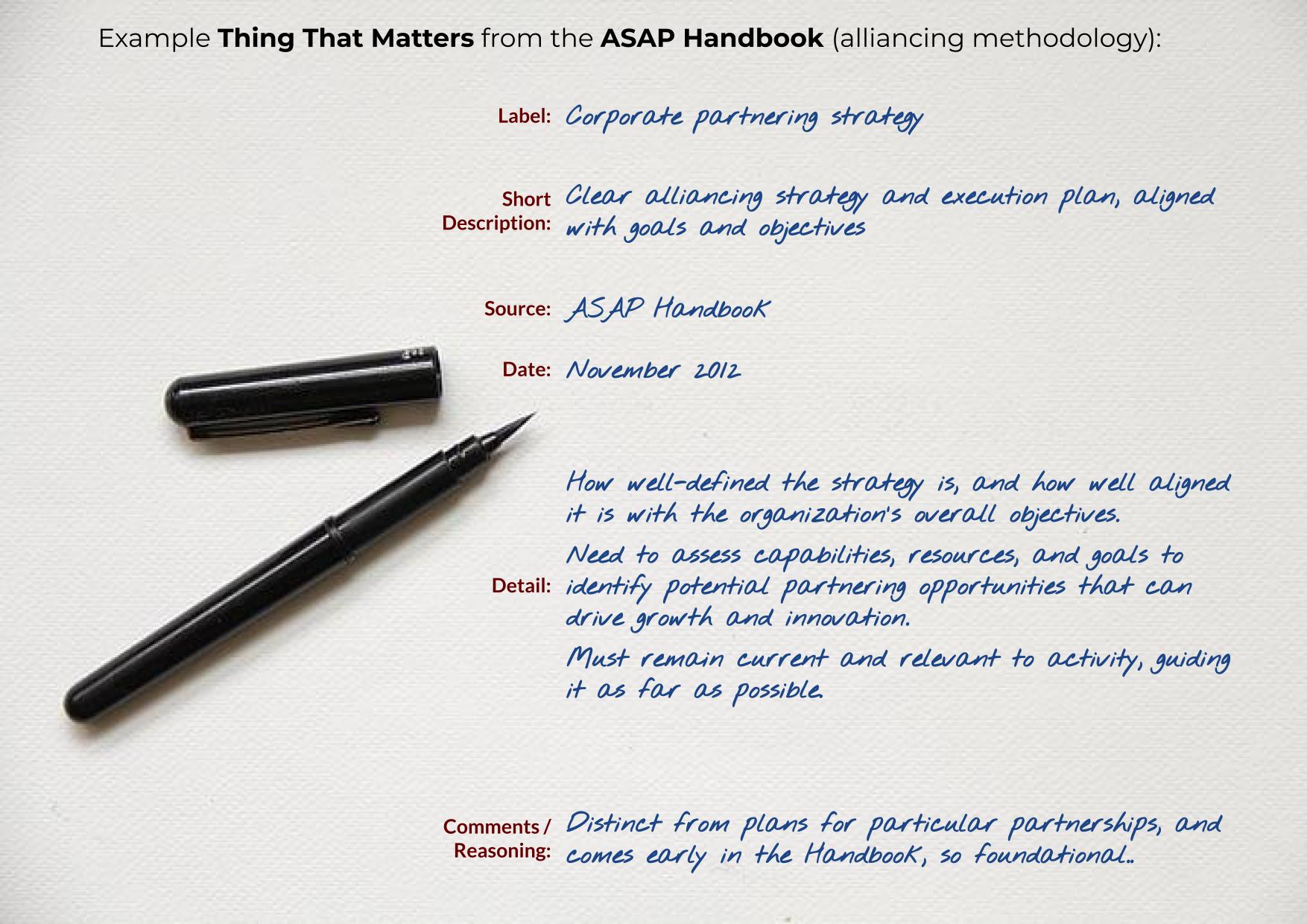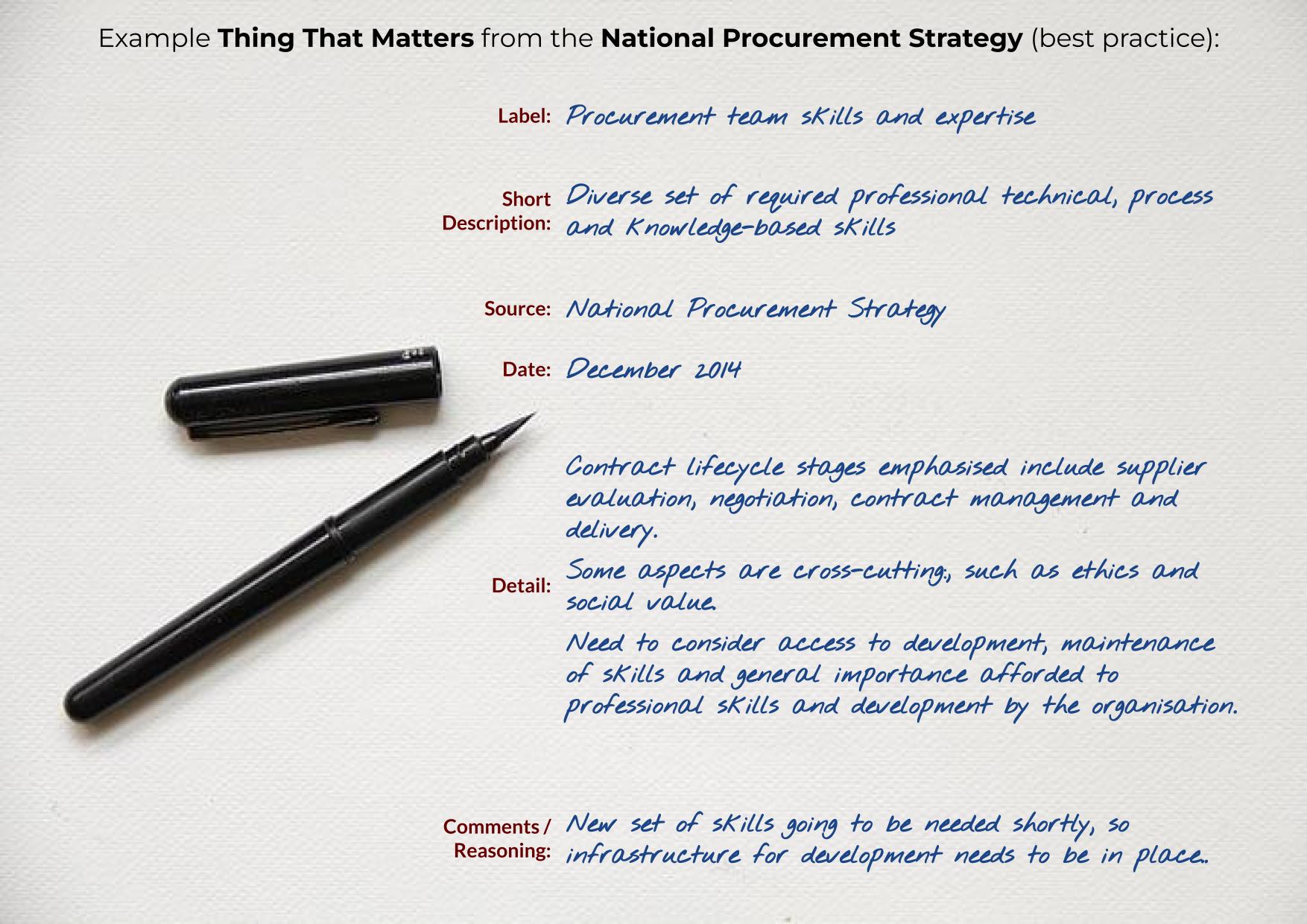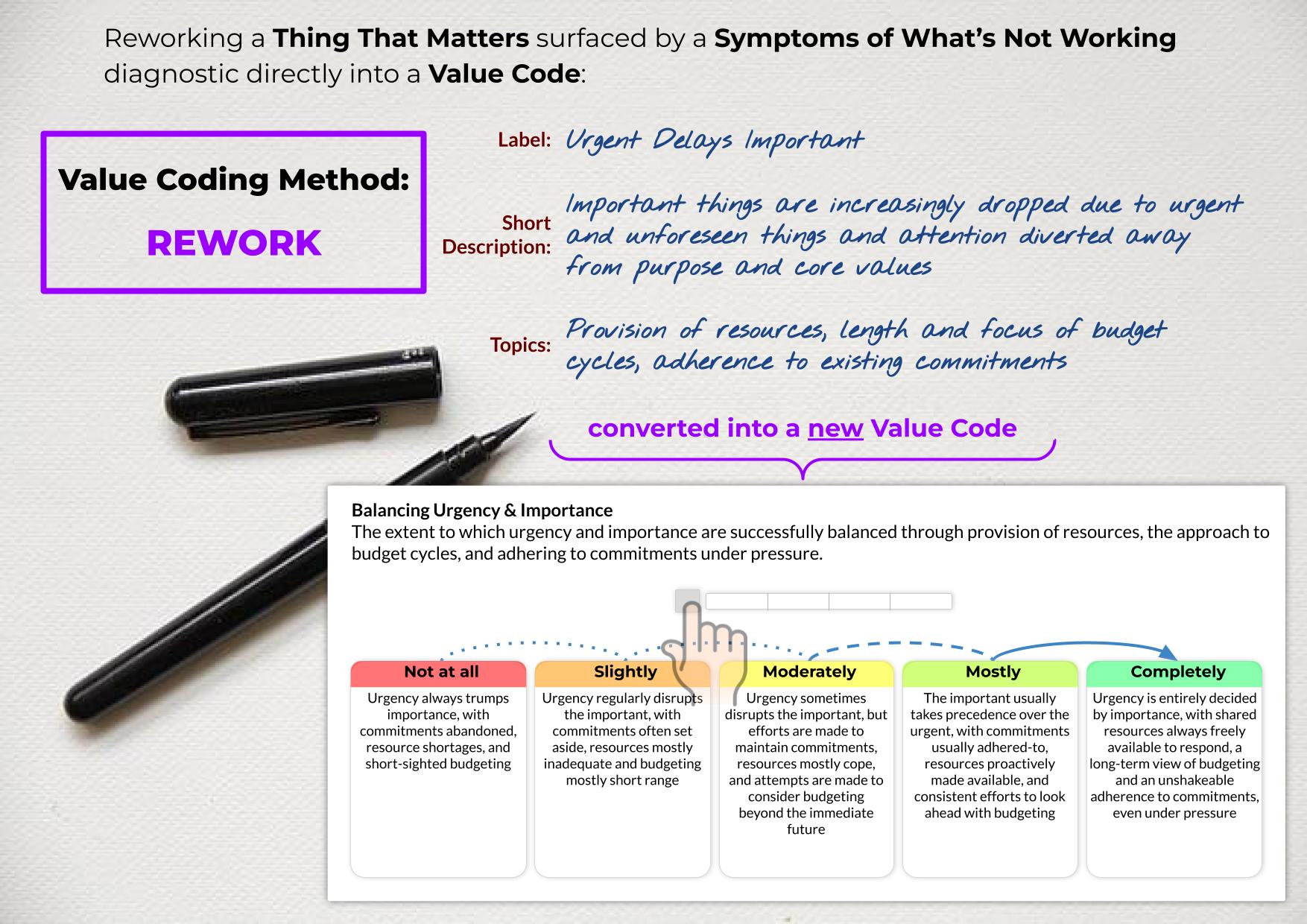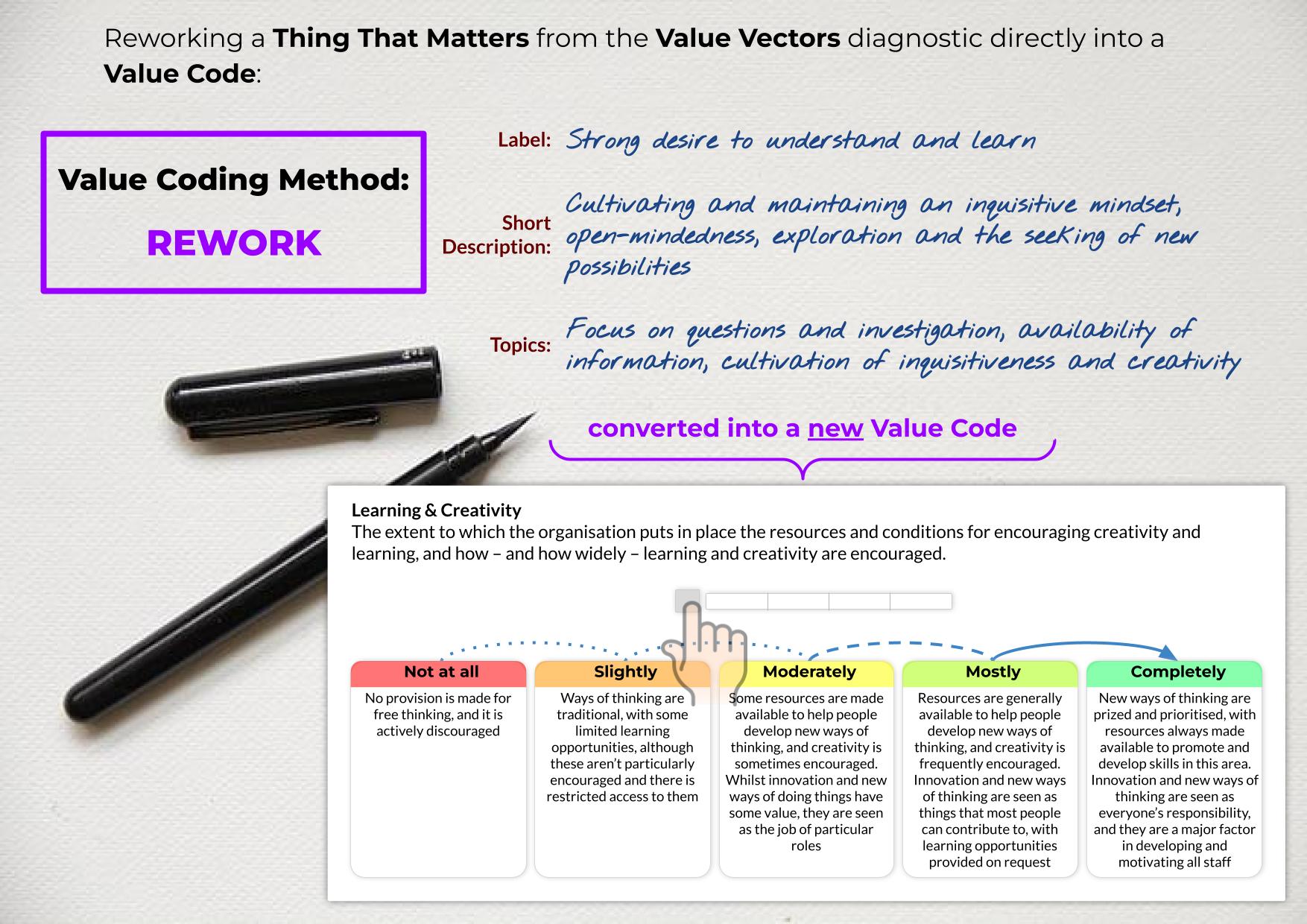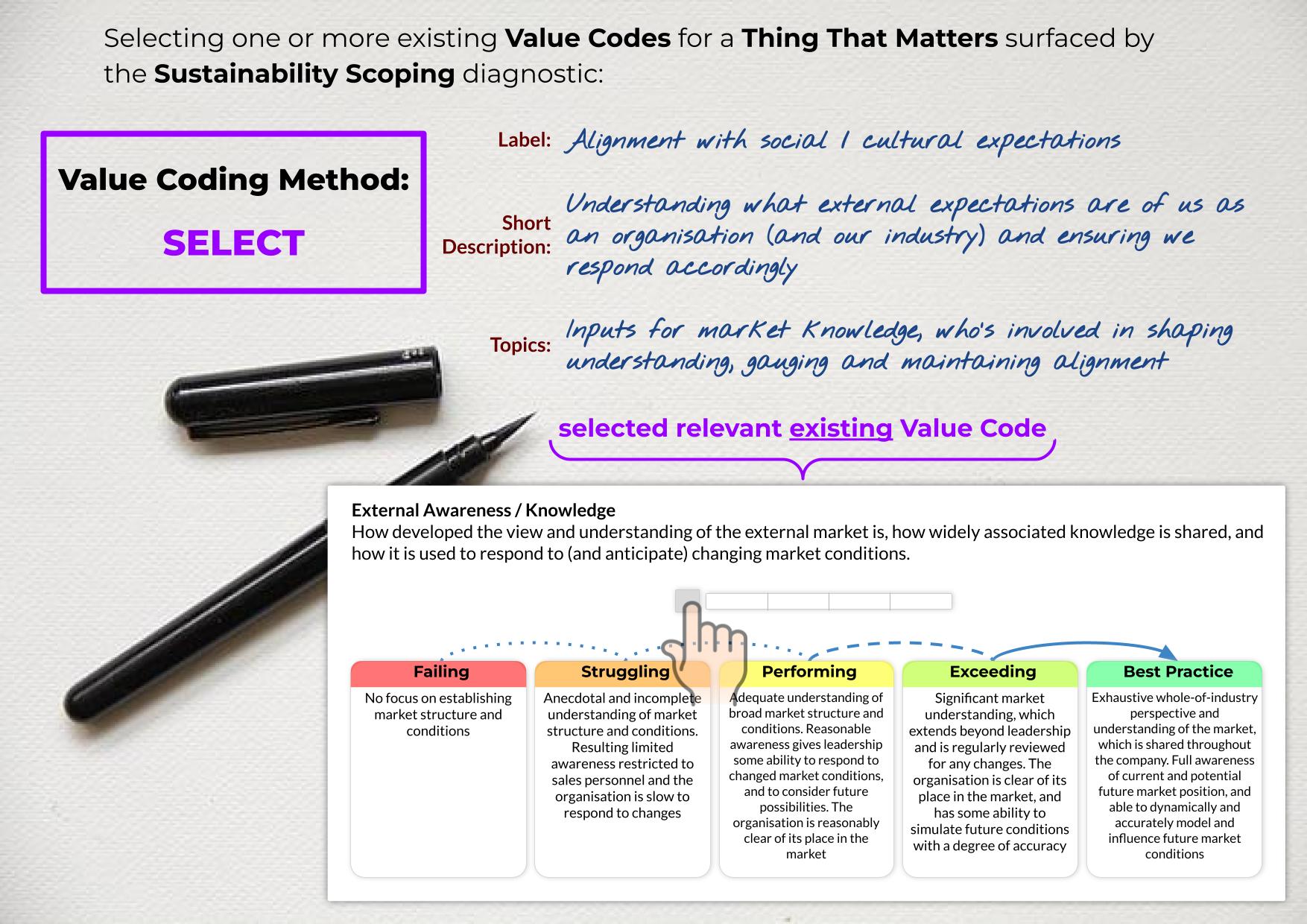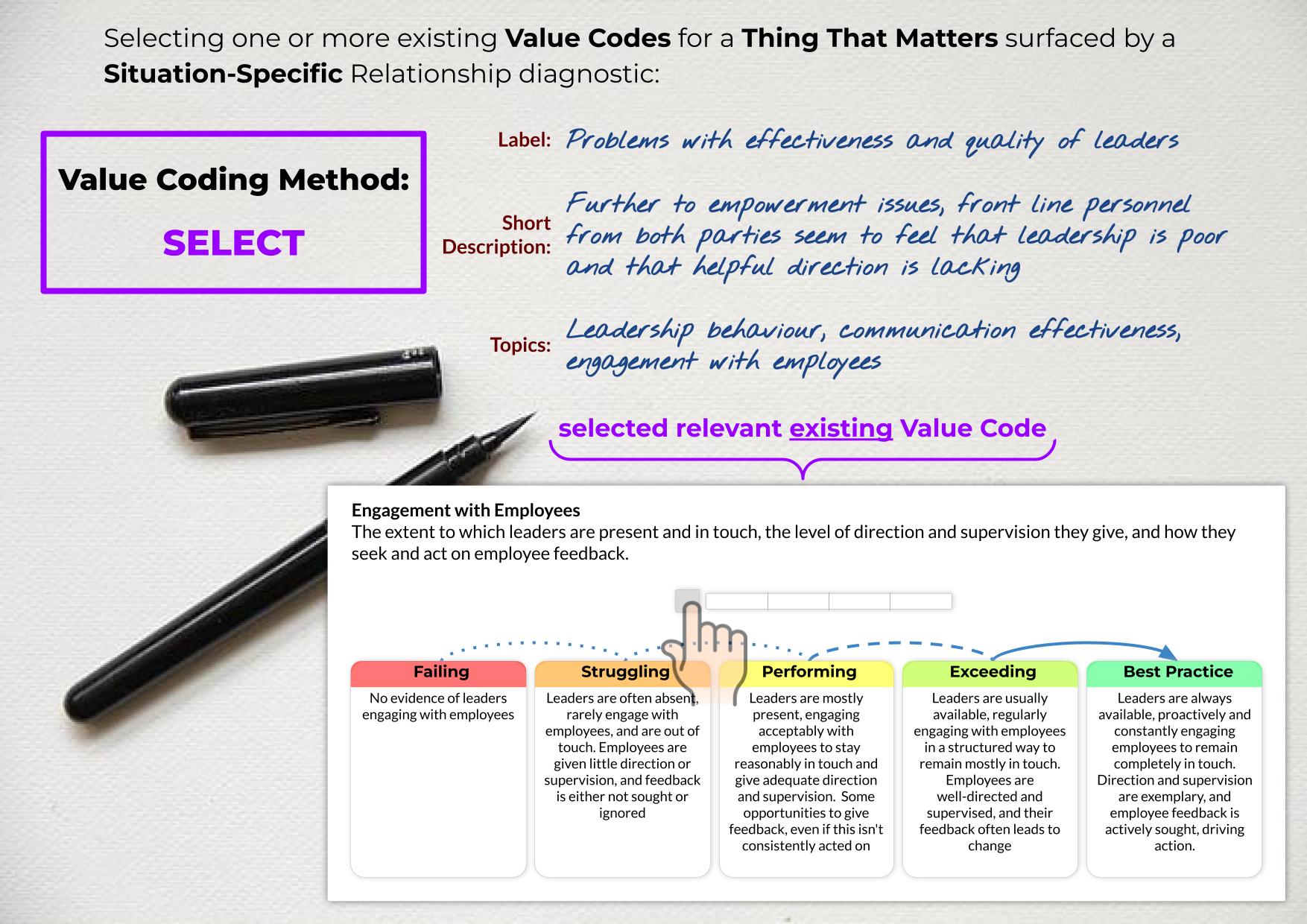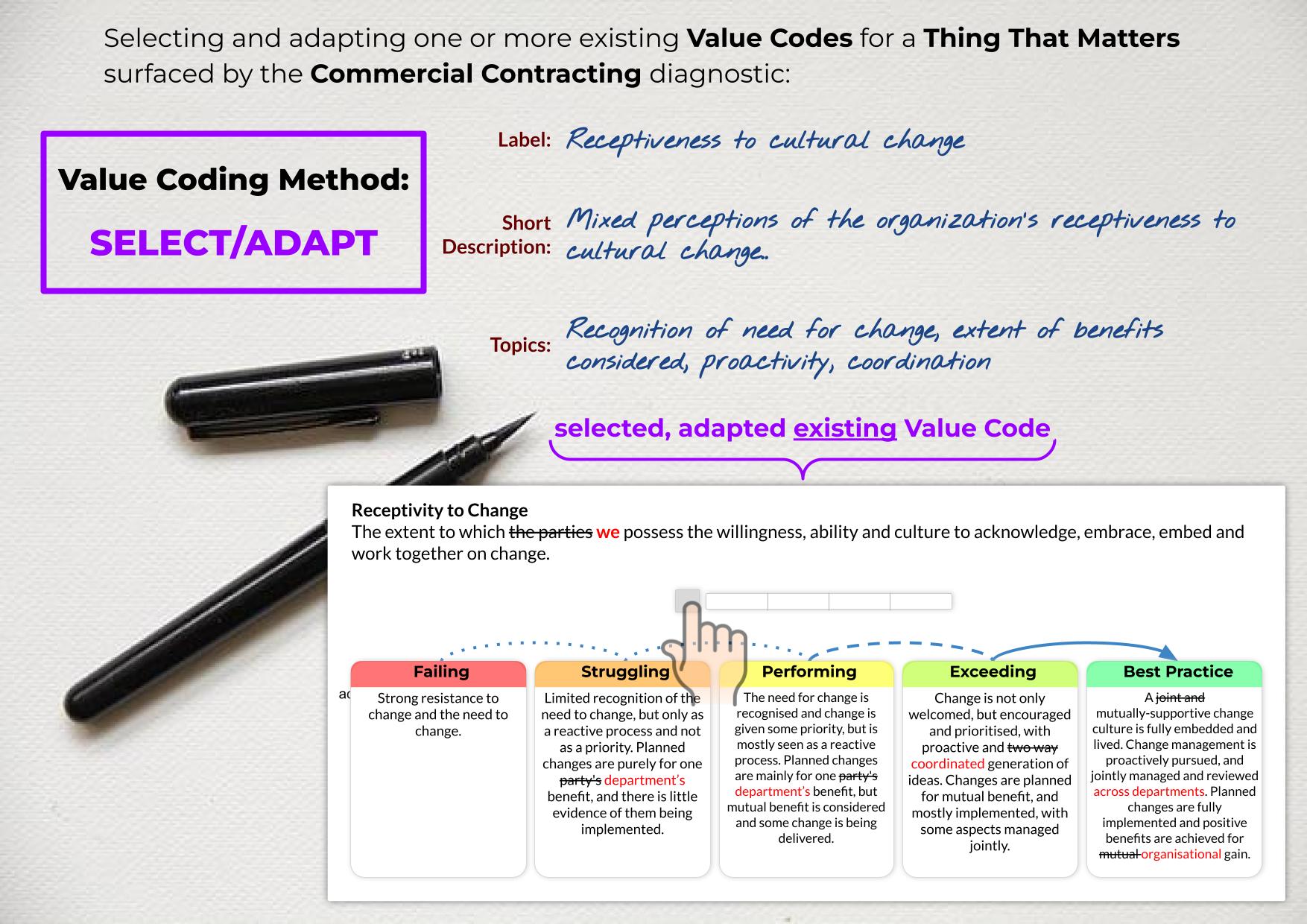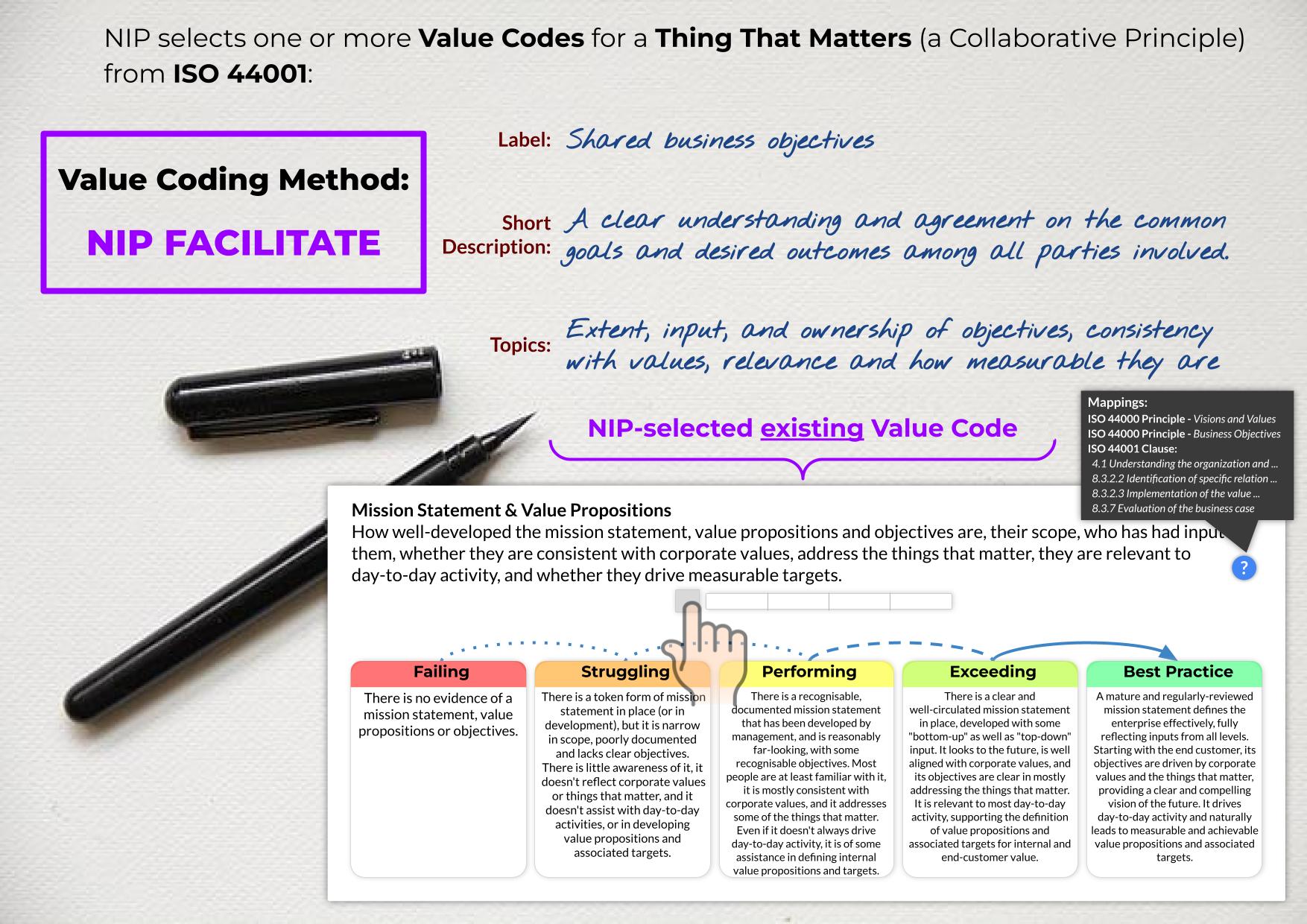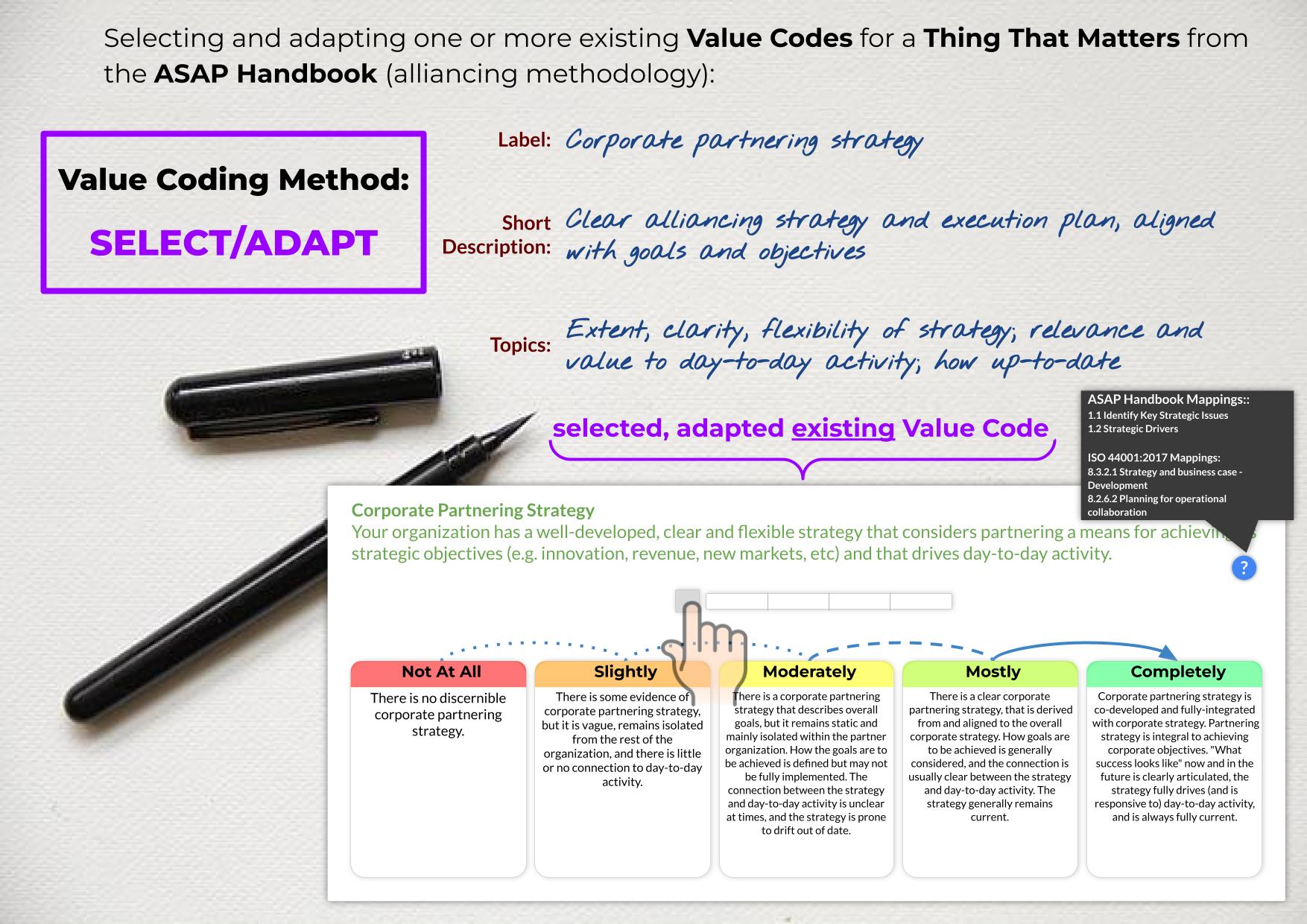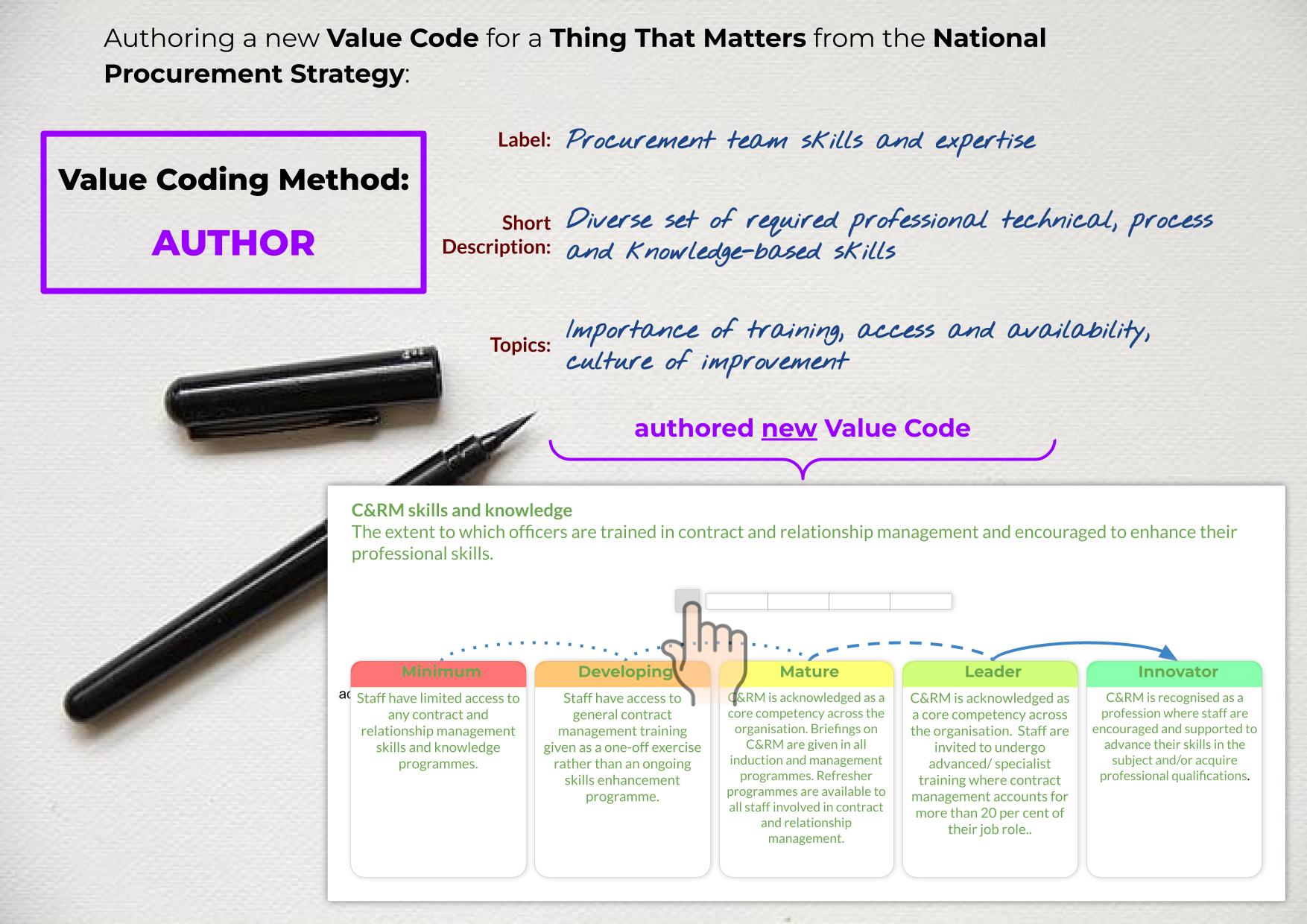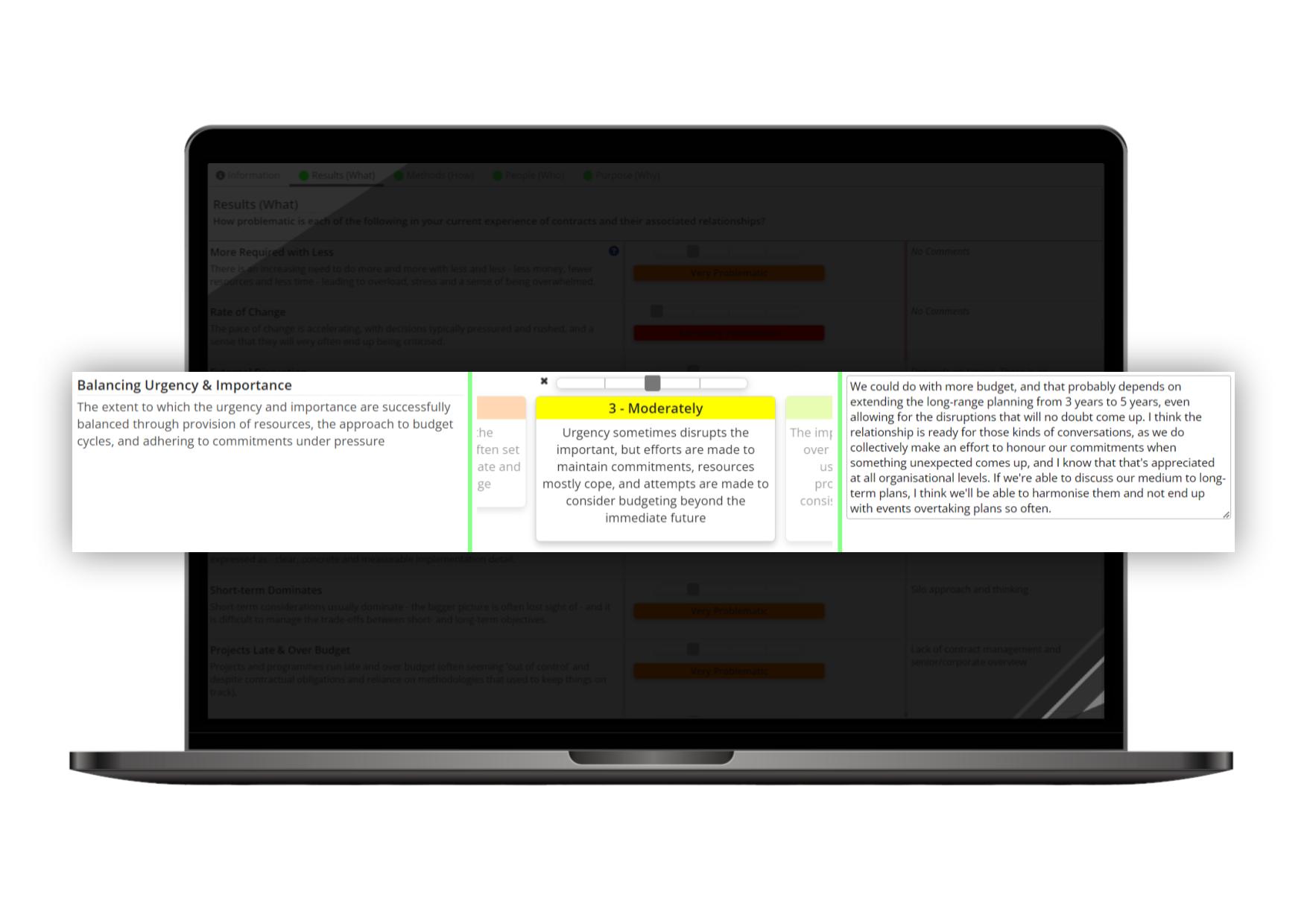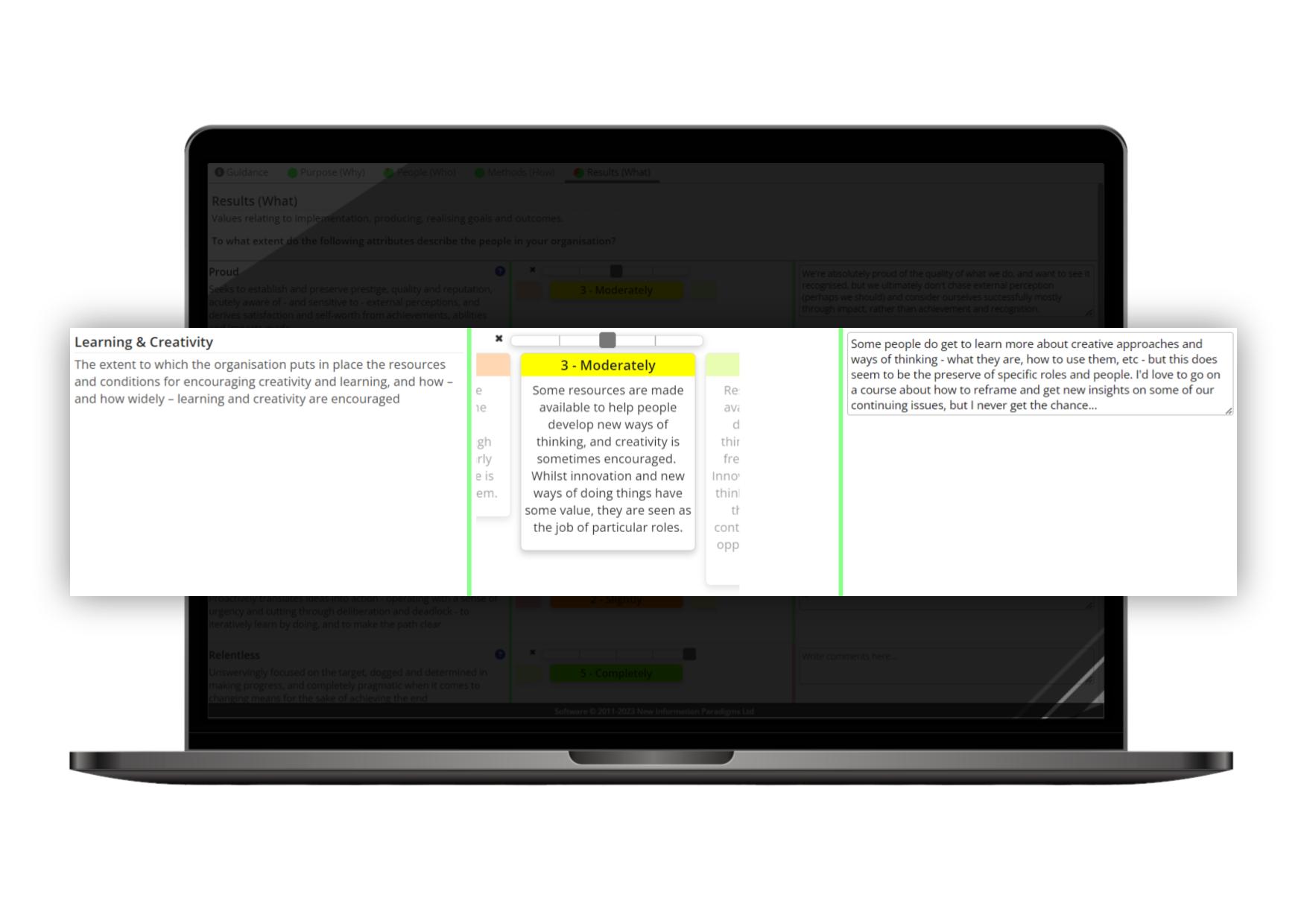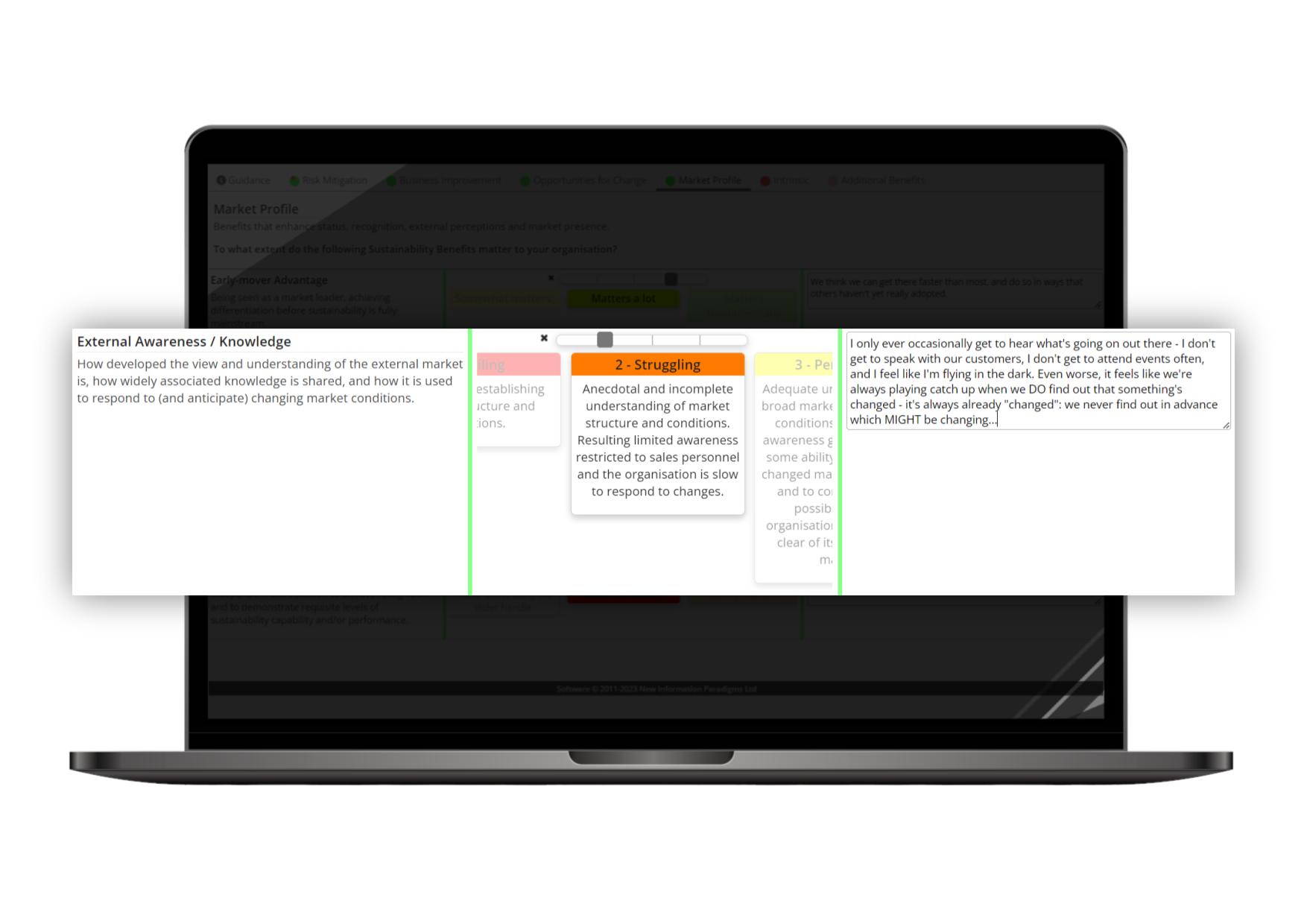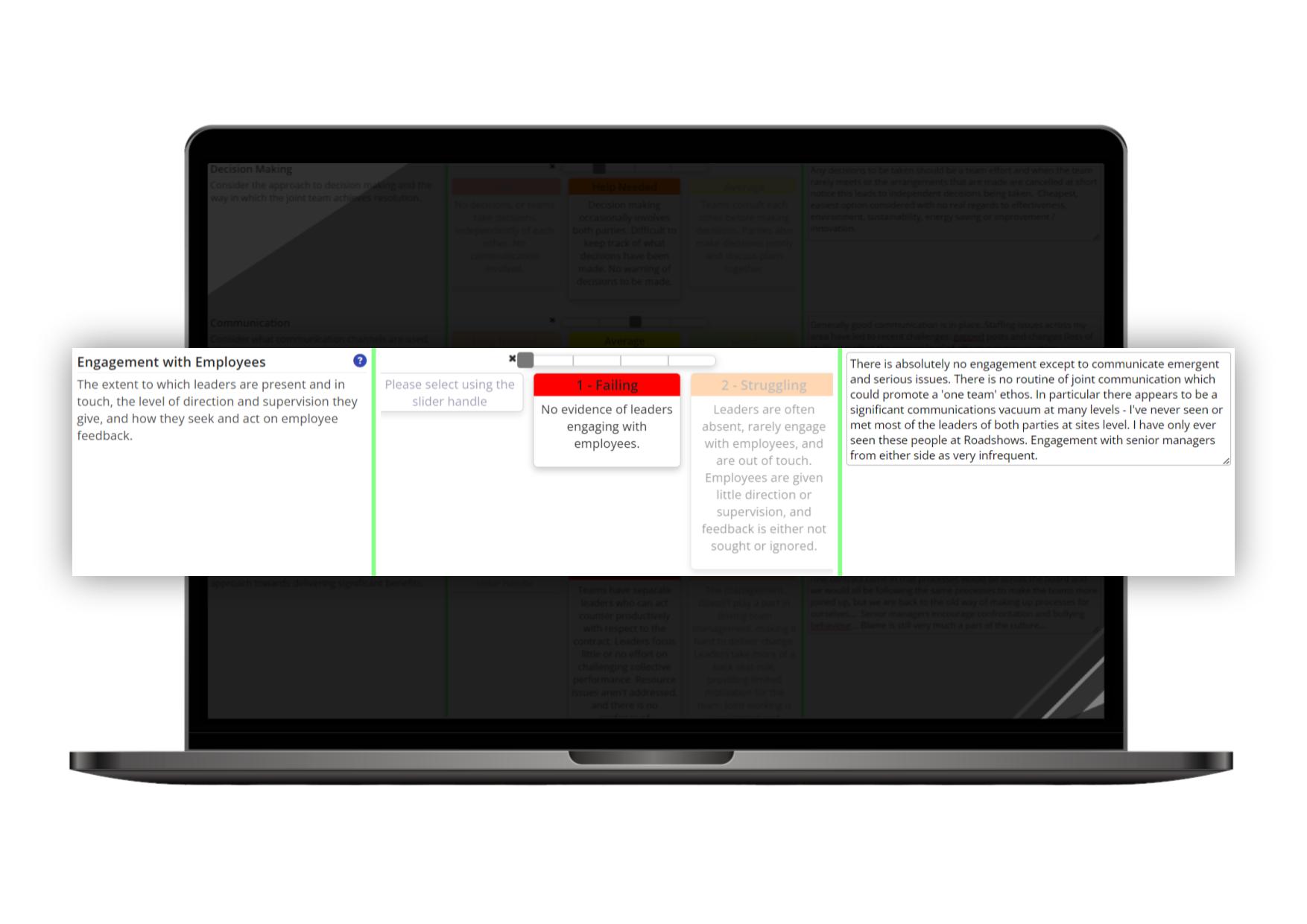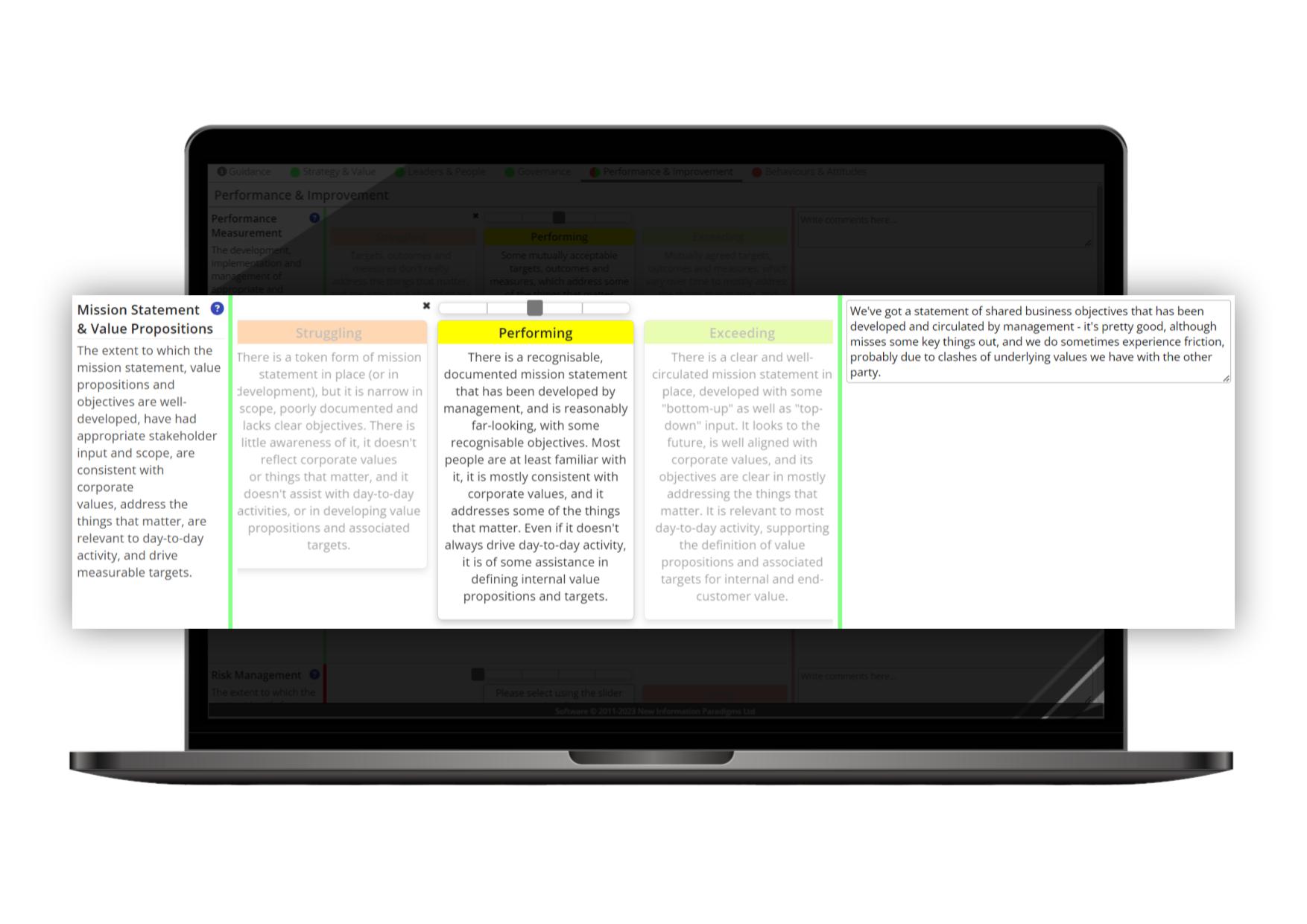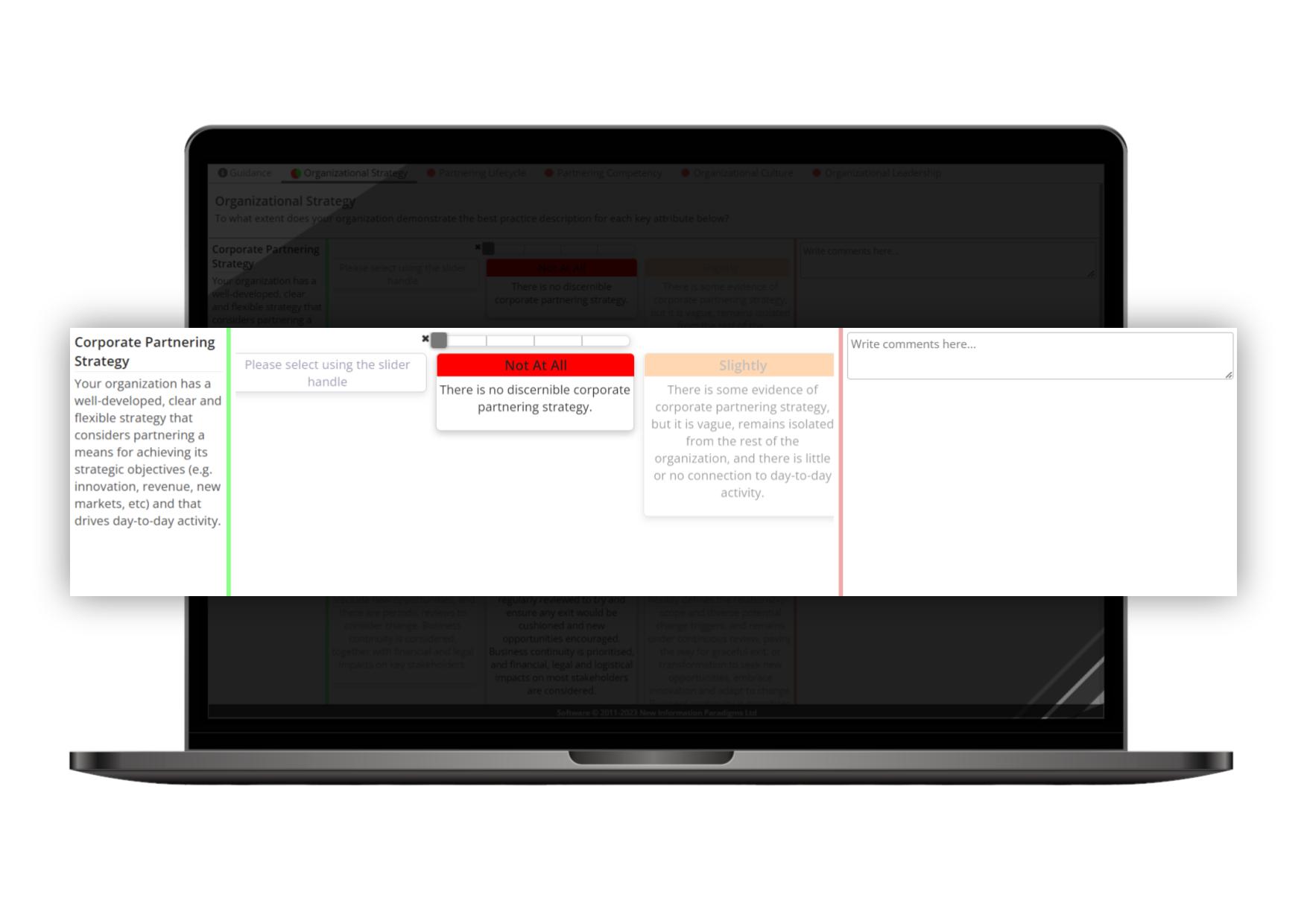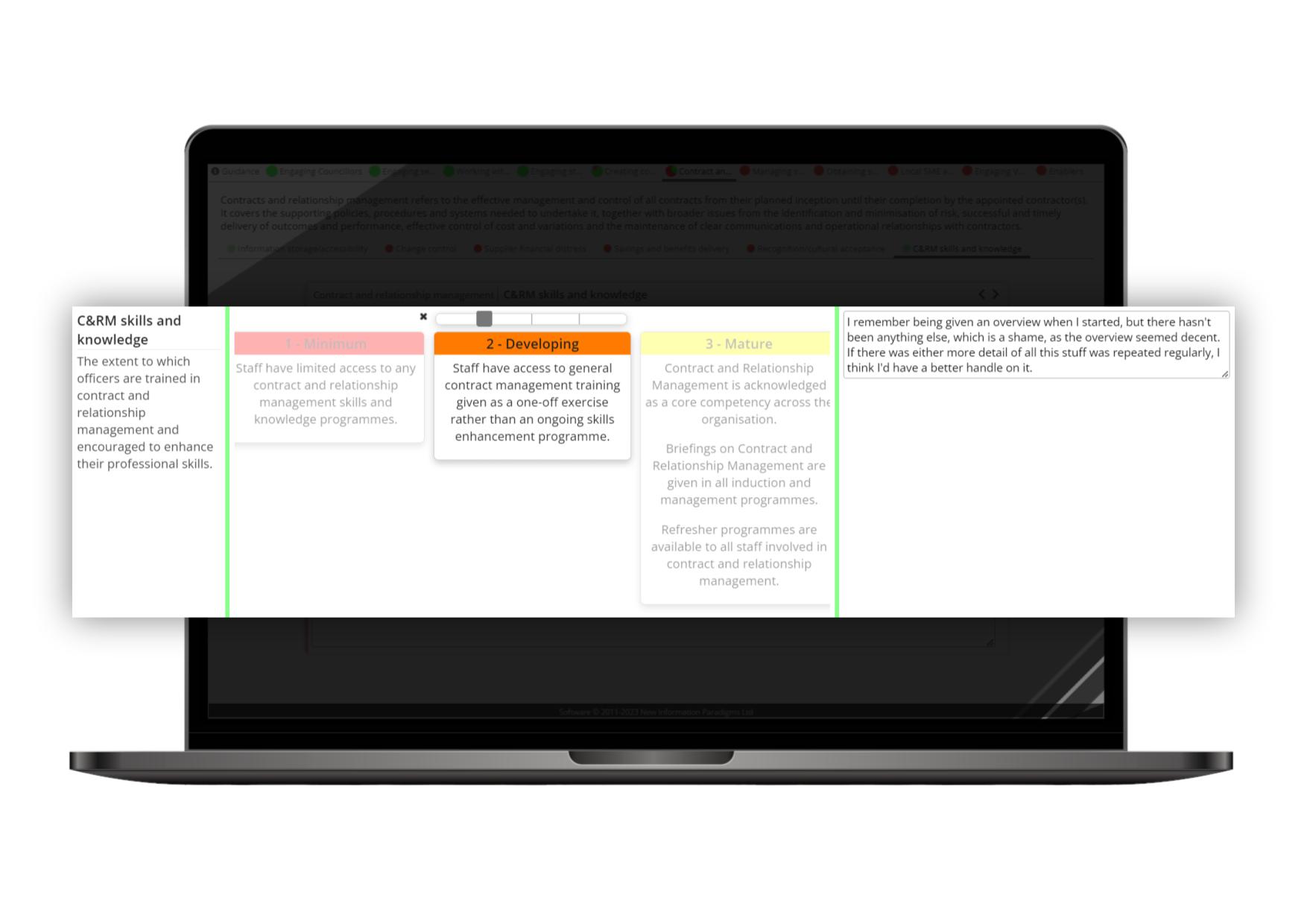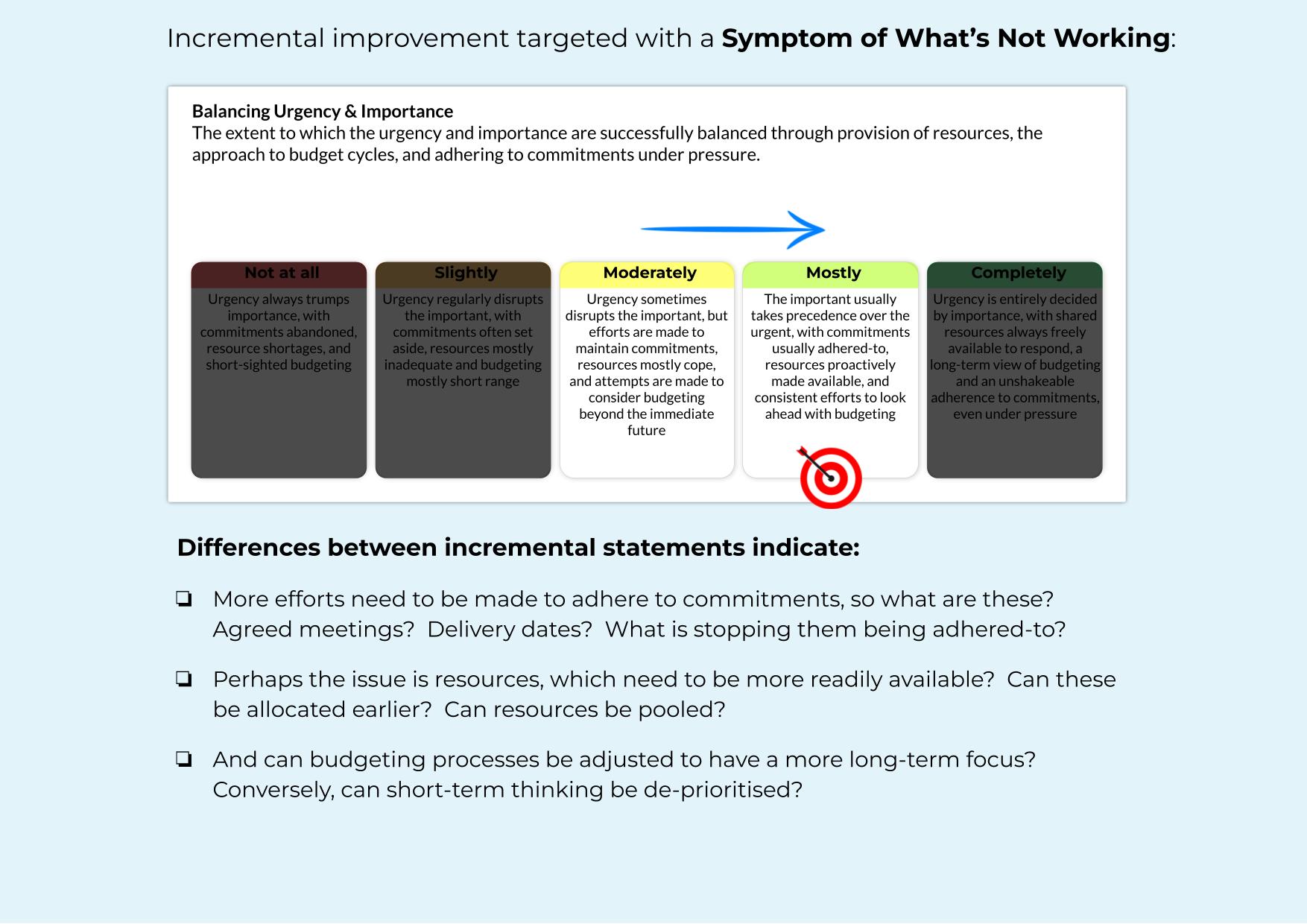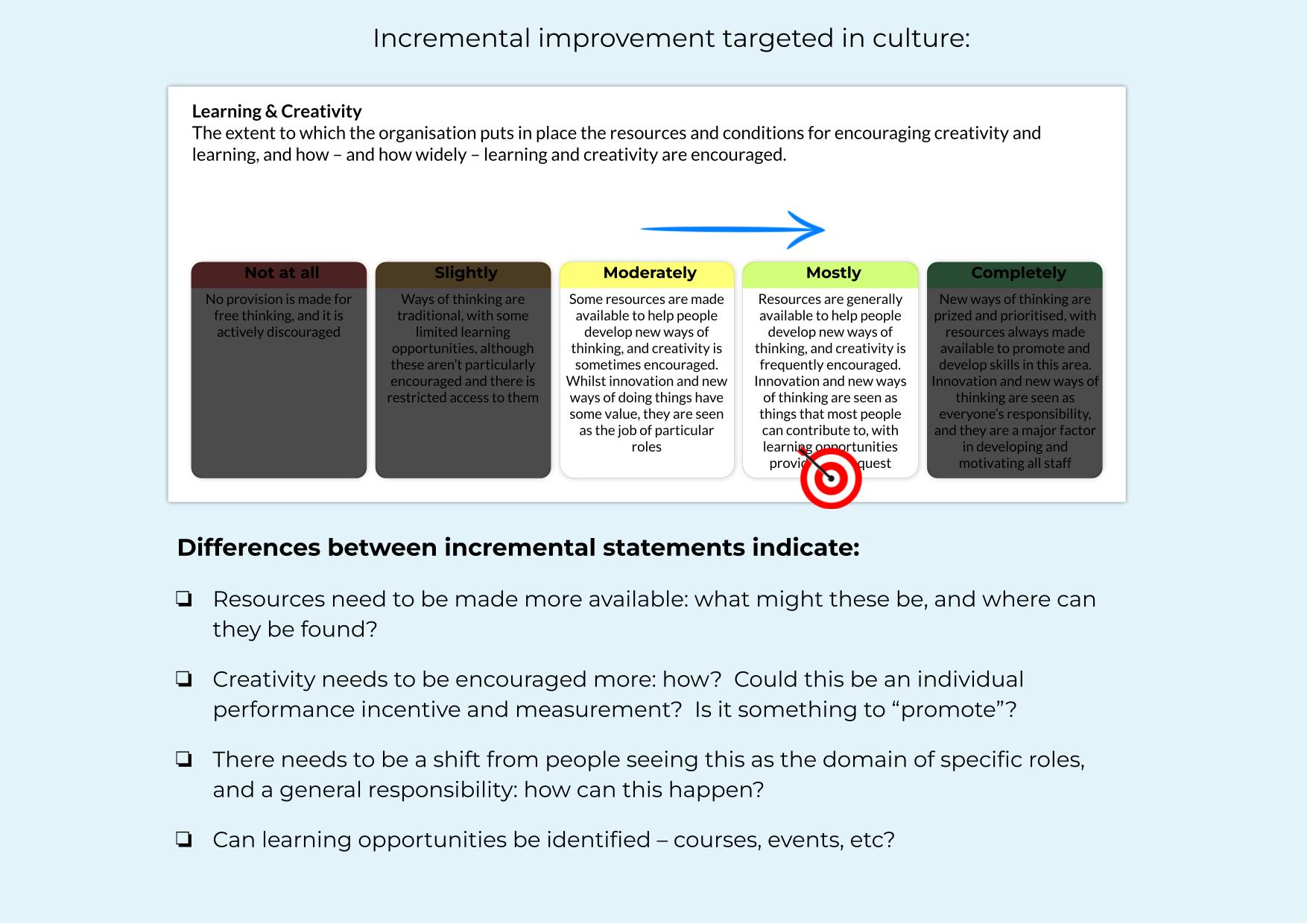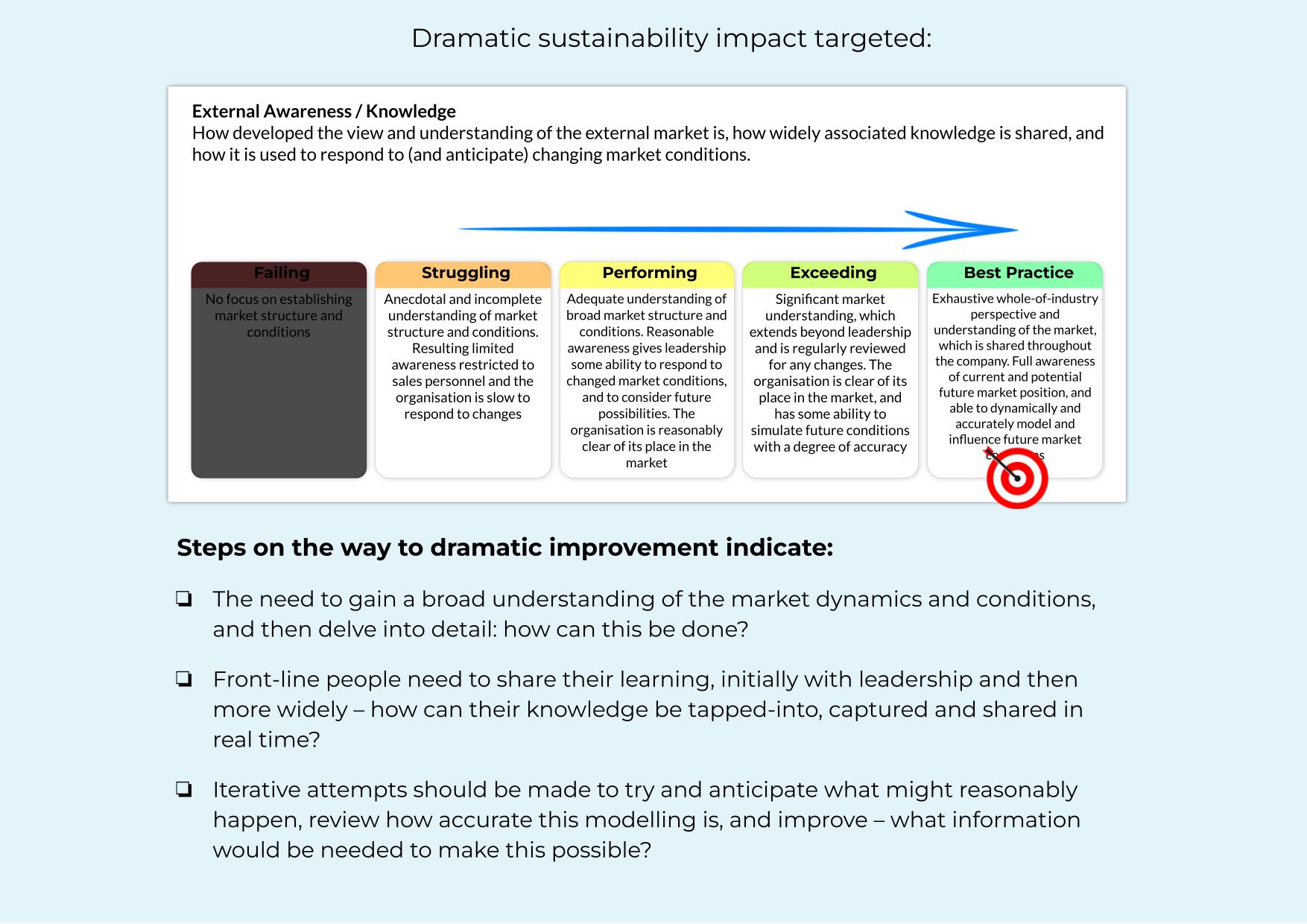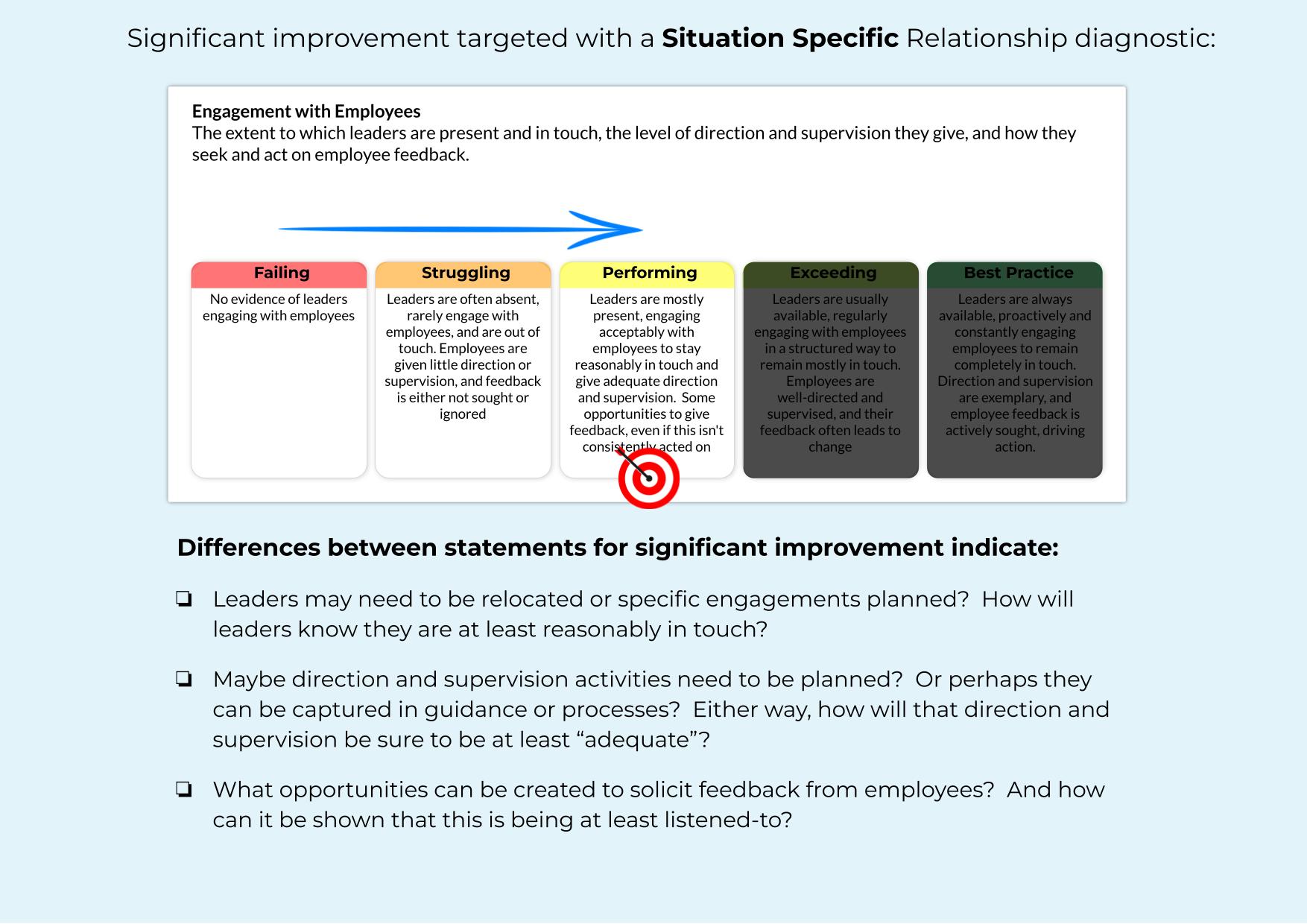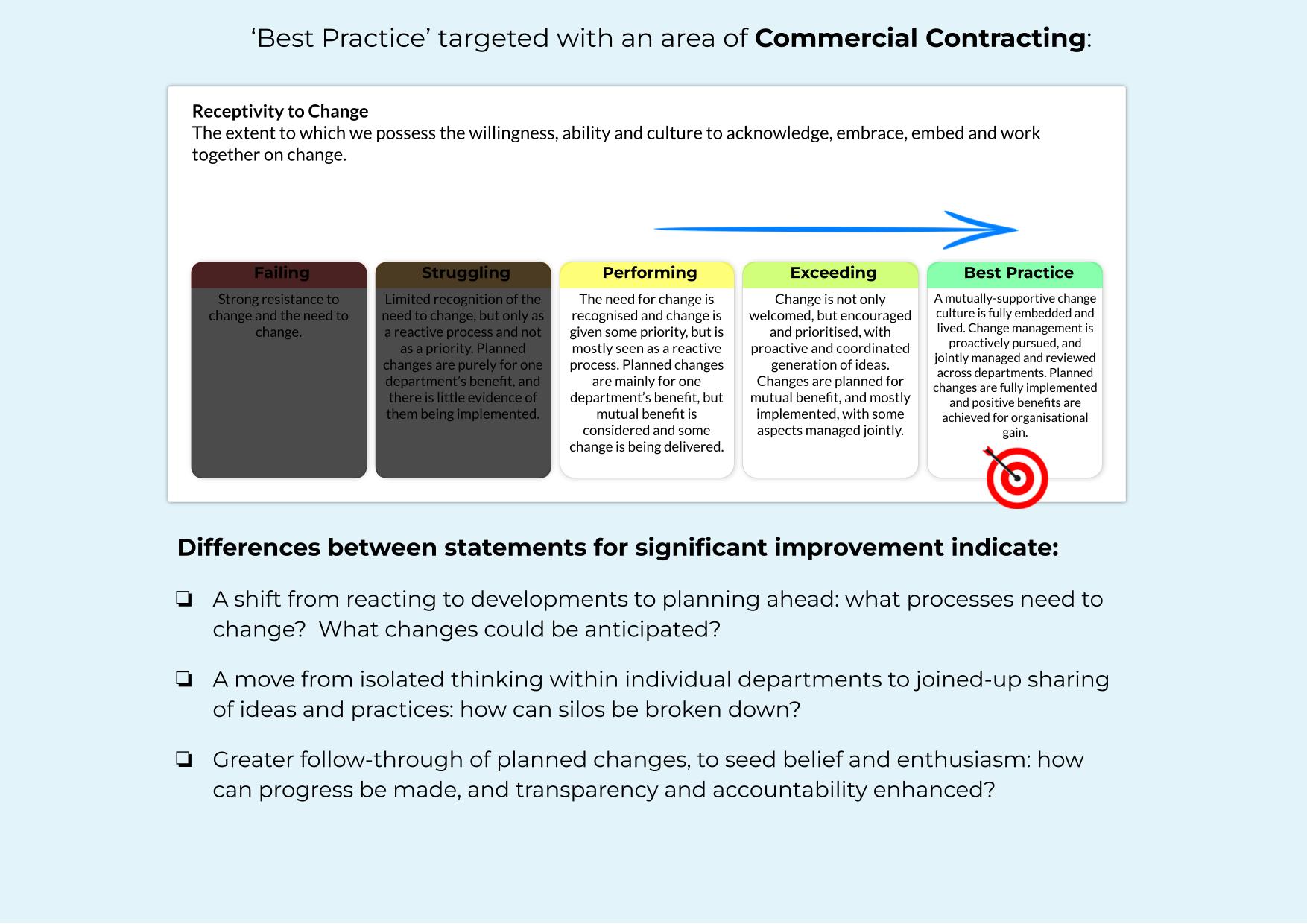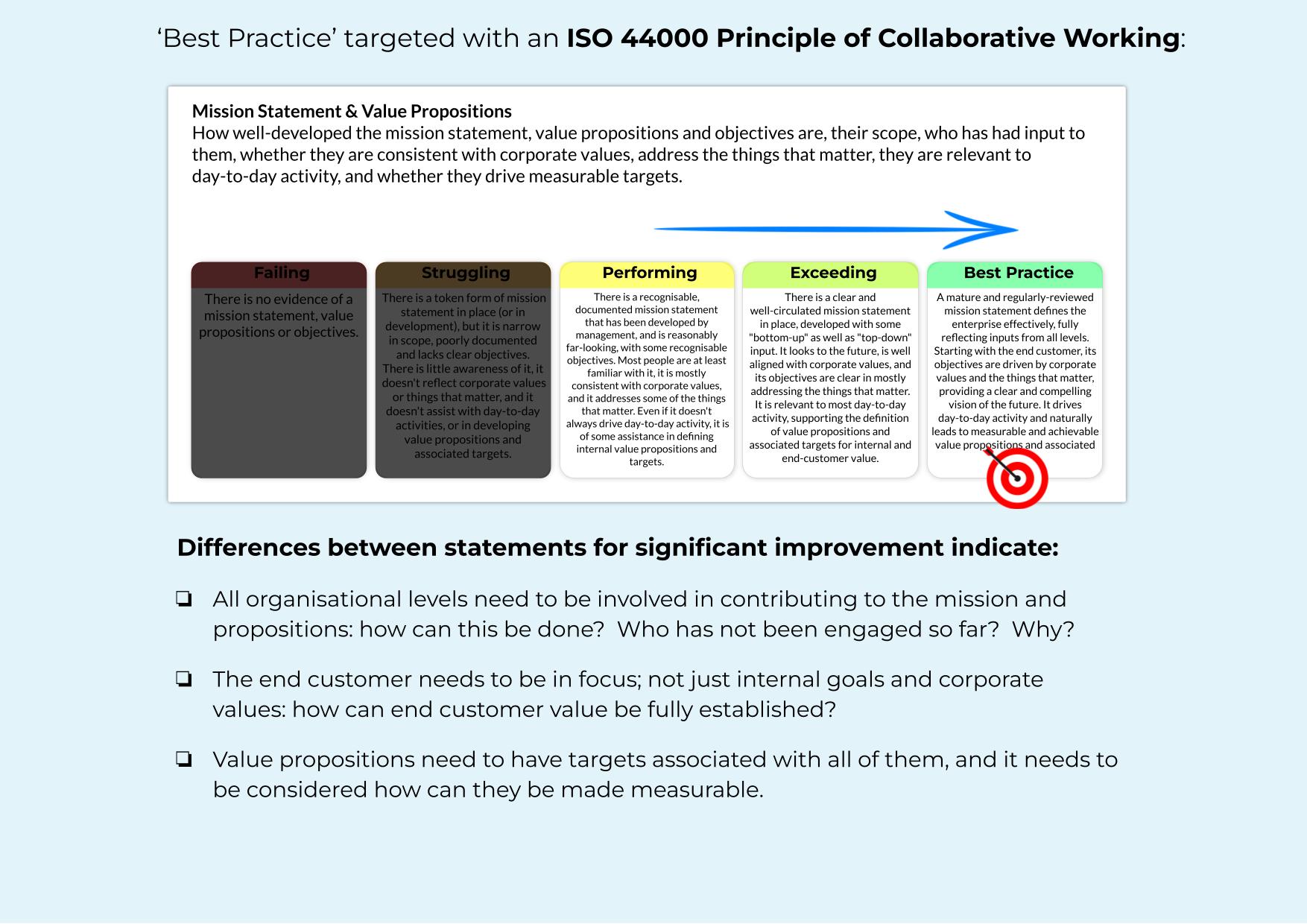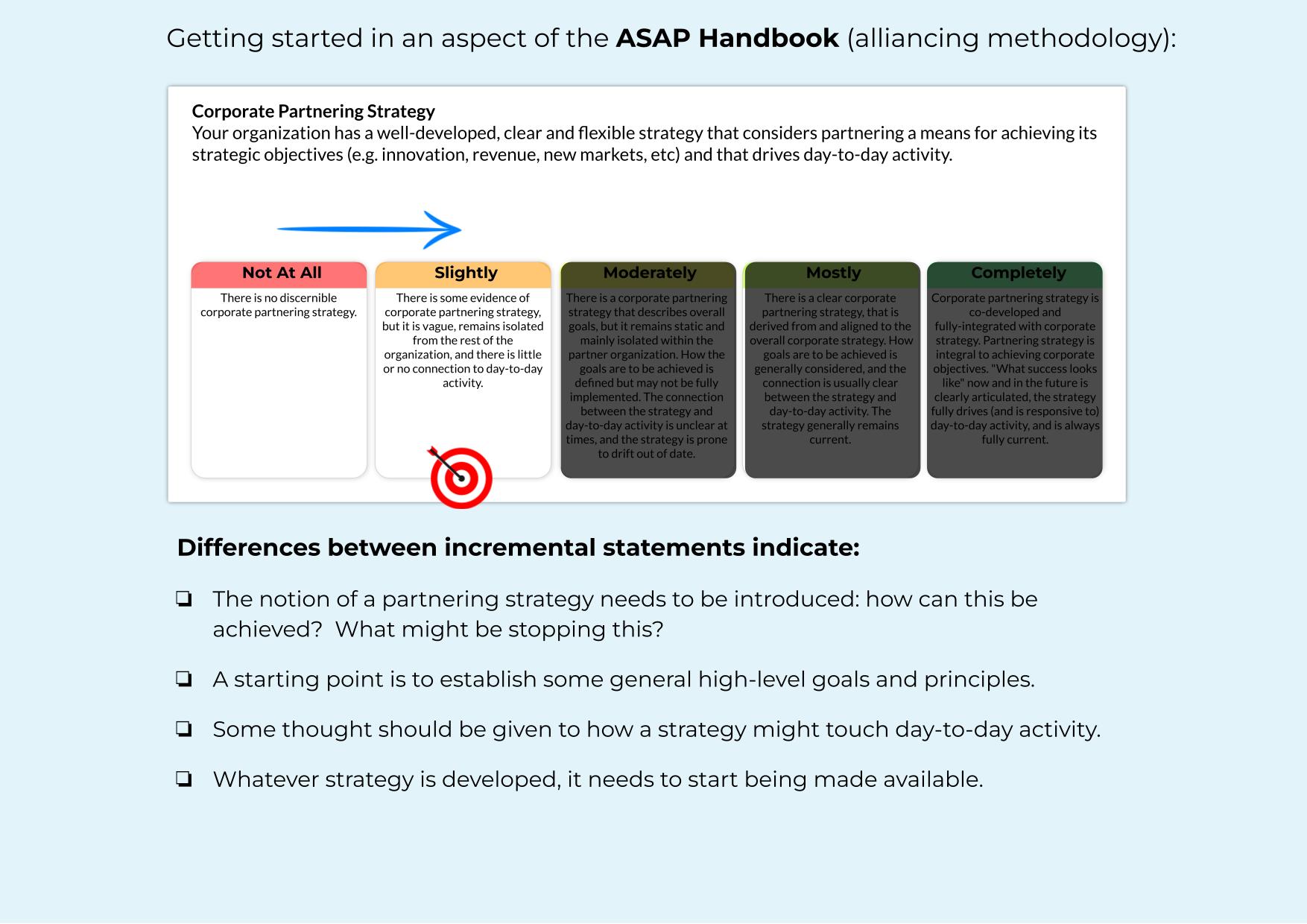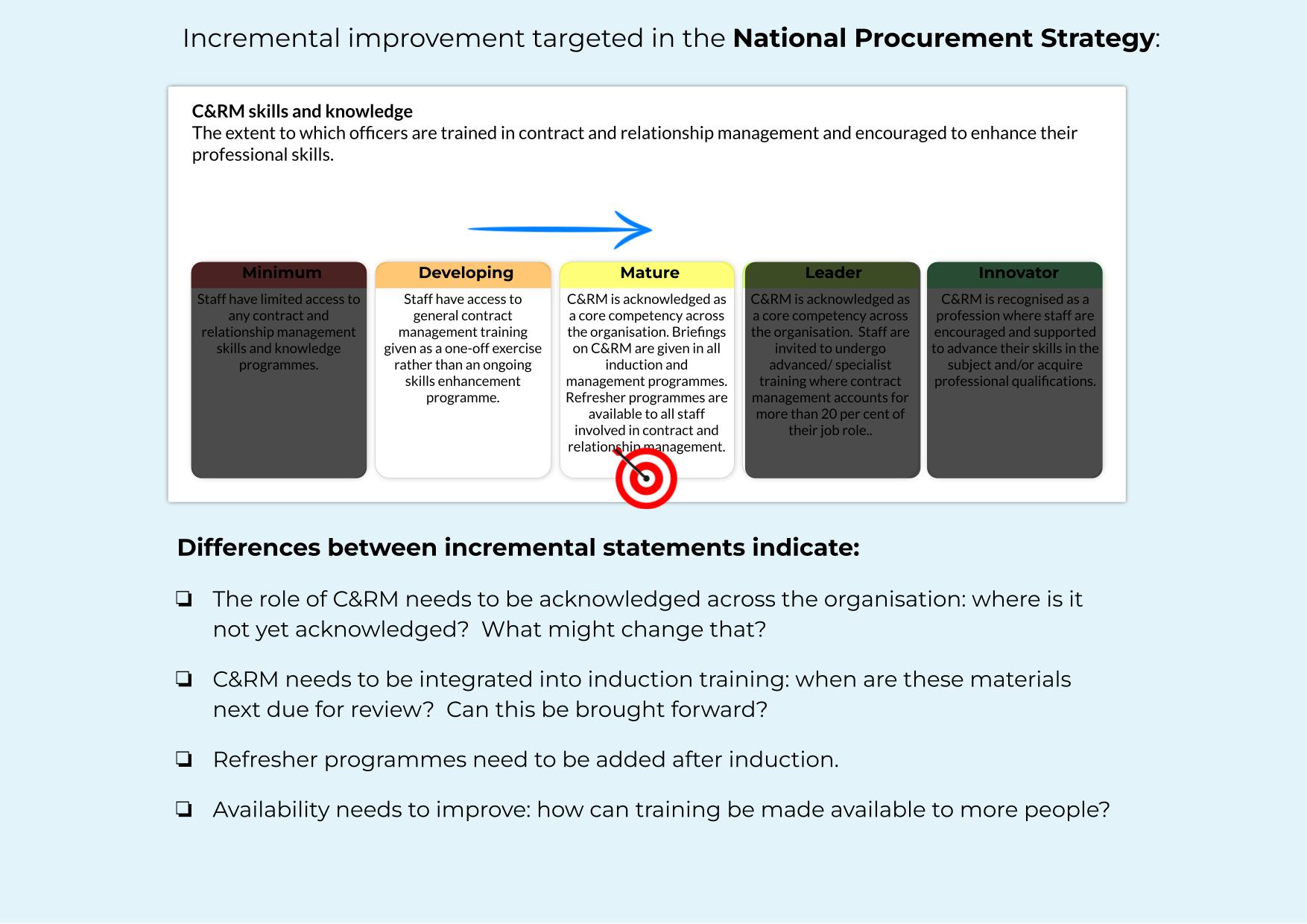Value Management: 3 Steps to realise Value with the Things That Matter
Existing approaches aren’t working in the face of today’s complexity.
However, for those that are brave enough to break with the status quo, there is a new alternative approach: Value Management.
Value Management begins with three straightforward but profound steps – scoping & surfacing, capturing & refining and measuring & progressing the Things That Matter – and it achieves transformational and demonstrable results through engagement, motivation and change.
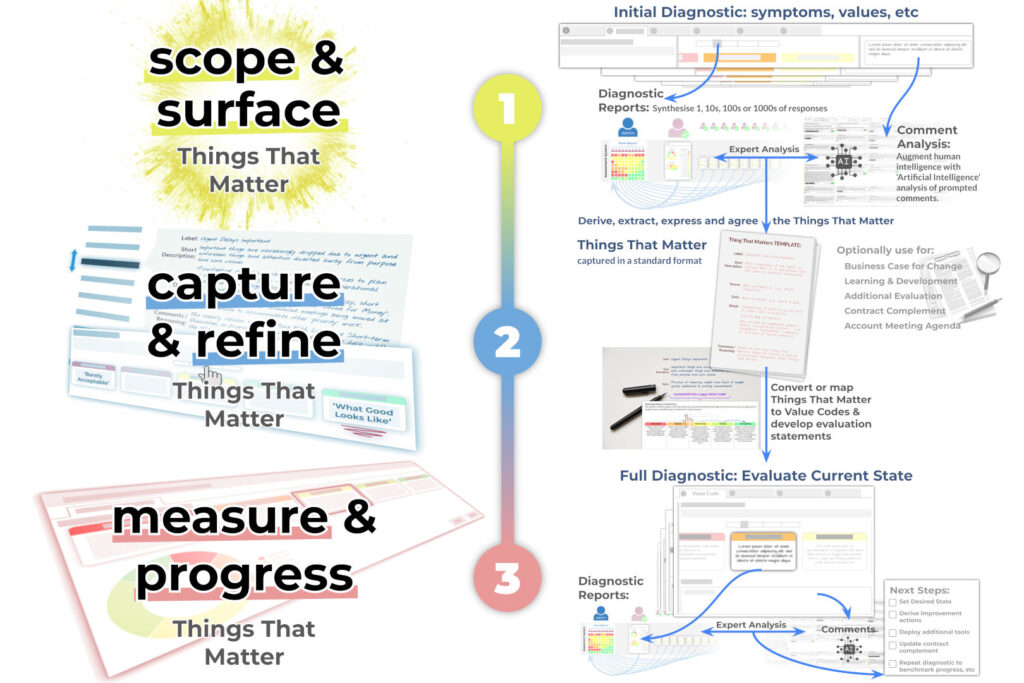
We’ll describe these three steps using numerous real world examples:
1. Scope & Surface the Things That Matter
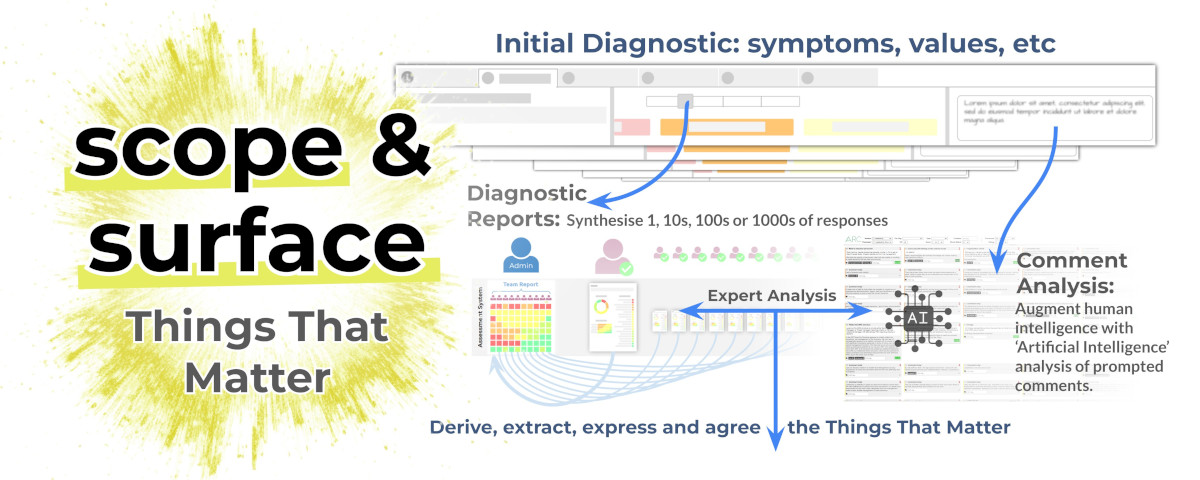
There are two “traps” to avoid when looking to scope and surface the Things That Matter – giving too much context as a starting point or giving too little.
Too much context usually takes the form of using existing materials (contracts, standards, mission statements, etc) as the source of the Things That Matter.
If the scope is fully pre-defined by such materials, these materials may be appropriate “constraints”, e.g.:
- Distilling down the ISO 44001 collaborative working standard to its underlying principles to make it more “approachable”.
- Establishing the main capabilities an organisation needs to be able to implement the ASAP Handbook‘s alliancing methodology.
- Exploring the underlying themes behind the UK’s National Procurement Strategy for local government to get started with it.
Otherwise, whilst such existing materials are often important to consider, they are not the right starting-point: they usually overly pre-judge and limit scope, and they almost always don’t capture crucial, subjective Things That Matter.
At the other end of the scale, too little context usually takes the form of “brainstorming”: this may be effective when the situation is totally open-ended – right at the start of a new initiative, perhaps – but even then people usually struggle with unlimited scope and a “blank piece of paper”.
Experience therefore shows that the easiest and most effective way to begin scoping and surfacing the Things That Matter is to run a diagnostic, which achieves the difficult middle ground between providing too much and too little as a starting-point.
A diagnostic introduces real-life things to catalyse open-ended, focused and creative thinking, without assuming scope. It also operates at a far greater scale than e.g. interviews or workshops – 100s or even 1000s of participants – all reinforced by secure online access and anonymity that encourage open feedback.
Existing or Situation-Specific Diagnostics act as a catalyst
Existing diagnostics:
- NIP’s Symptoms of What’s Not Working Diagnostic is the most common starting-point, focusing on issues and problems with the Things That Matter as a necessary step to remove barriers, dissipate negativity and show people that real-life issues will be addressed.
- NIP’s Value Vectors Diagnostic is an alternative starting point, focusing on values and behaviours as a way to explore culture and the opportunities that flow from the unique values profile that emerges. Potential synergies and clashes between values – between each party in a relationship, and within each party – are also explored.
- NIP’s Sustainability Scoping Diagnostic is an example of a domain-specific diagnostic developed to help organisations understand in more depth why they might engage – or are engaging – with the sustainability/ESG agenda. It focuses on potential motivational outcomes and benefits for those organisations, their customers and wider stakeholders – above and beyond mandated obligations.
Existing diagnostics can also be customised or wholly new ones developed, specific to the situation, e.g.:
- NIP developed a diagnostic with the relationship leads in a large outsourcing contract that was in trouble, helping them target areas of known problems.
- One of NIP’s partners, SPS, developed a Commercial Contracting Challenge diagnostic for the public sector “to engage and motivate all participants, leaving them with a collective appreciation of the things that matter“.
Diagnostic analysis, augmented by Artificial Intelligence (AI)
Whatever the diagnostic used, the next stage is to analyse the output with a combination of the reports produced by our diagnostic framework and comment analysis (augmented by AI).
Here are samples of the report charts that highlight the most likely candidate Things That Matter – whilst there is overlap between the reports for different diagnostics, report charts vary to suit the purpose and the situation:
The candidate Things That Matter that emerge from the diagnostic reports are then refined further by expert interpretation, augmented by guided AI analysis of comments.
In this way, diagnostics effectively function as a powerful “prompting” mechanism to get the most out of the human intelligence available – prompting people to think creatively about the Things That Matter.
In addition to analysing diagnostic output, AI can be used to distil down existing materials, including the examples mentioned above – standards like ISO 44001, methodologies such as the ASAP Handbook, and best practice such as the National Procurement Strategy.
These findings are then fed forward to the next stage and can be used in the meantime to build or support a business case for change.
After all, specific issues have now been surfaced, and – with diagnostics – this has been done at scale, supported by evidence: evidence in terms of people engaging (potentially 100s of individuals), and evidence in terms of content (potentially 1000s of comments).
All of this evidence can now be made sense of and harnessed.
2. Capture & Refine the Things That Matter
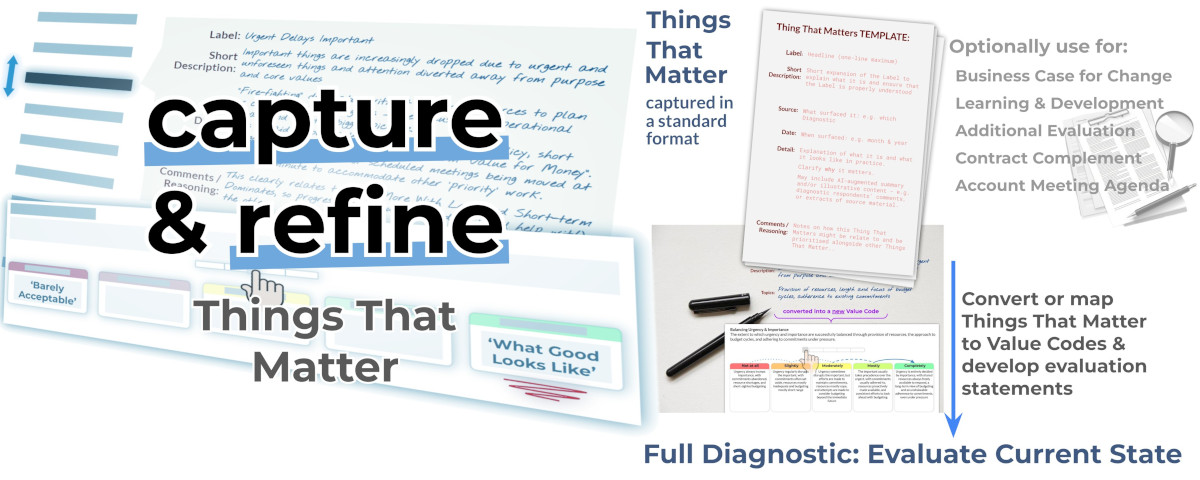
The Things That Matter are then written-up and refined such that they can be “used” (with our recommended template capturing various levels of detail and allowing for later “traceability”):
This format can then be used to readily convert the Things That Matter to be repurposed, with common applications being:
- Further prioritisation and ranking: especially where there are too many Things That Matter to address at once, these can be put forward for “voting”, etc.
- Complement to a contract: perhaps even included in the contract as an appendix, this can be regularly updated to capture the current focus of the relationship alongside the formalities of the contract.
- Learning and training: seeding awareness of what the priorities are and/or helping with onboarding new staff.
- Account management: if these are the Things That Matter, they ought to be the primary focus of meeting agendas, etc.
There is also the option of now running one or more diagnostics to further flesh out the Things That Matter – e.g. if the Symptoms of What’s Not Working Diagnostic was run first, which identifies “away from the negative” Things That Matter, it could be complemented by the Value Vectors Diagnostic to explore cultural values and associated aspirations: “positive” Things That Matter.
Equally, where a diagnostic has already been run, the findings can potentially be augmented by the two options consciously set aside when running that diagnostic – consulting existing materials or open-ended “brainstorming” to capture anything “missed” so far.
Value Coding
Otherwise, the main priority now is to make the Things That Matter measurable, and that means re-expressing them as Value Codes.
Value Codes describe and address discrete issues and areas of activity, and consist primarily of a label, a description and 1-5 Evaluation Statements that describe a range of less-than-ideal states towards an ideal state:

Value Codes make the subjective Things That Matter objective and measurable: moving from the emotional to the practical, from the abstract to the specific, and moving from description to action.
The process of Value Coding begins by identifying the topics within scope of each Things That Matter – these are the “threads” that will run throughout the Value Codes – and there are then four methods of establishing what the Value Codes will be, ordered by most common to least:
1. Rework directly
Rework each Thing That Matters directly into a Value Code: rephrase it neutrally, taking any judgement or “emotion” out of its label, and use a template, guidance and tips that NIP provides to rework the existing content – combined with the identified topics – to describe the worst possible situation, the best possible, and three progressive states in between.
2. Select from a library
Review and select one or more existing Value Codes for each Thing That Matters to address it: NIP has a library of 120 to choose from for starters, which can be optionally adapted (and which are cross-mapped to 90+ improvement tools and methodologies that can provide more inputs where needed).
3. NIP Facilitate
Tap into NIP’s know-how and knowledge of existing content for us to review and select the most appropriate Value Codes: this ensures the tightest possible coverage and generates detailed “mappings” between Things That Matter and Value Codes, such that both can be reported on.
4. Author new Value Codes
This is typically in a highly domain-specific context where existing Value Codes are too broad: similar to the “Rework directly” method, but requires more expertise and is more likely to generate one-to-many (and many-to-one) relationships between Things That Matter and Value Codes.
All of these methods can be seen in the following examples:
Once all Value Codes are ready, they can be structured into a diagnostic – organised into related sections – ready to measure and progress the Things That Matter.
Value Codes can also be “published” as a statement of intent and to familiarise people with what good looks like, perhaps creating or adding to any existing contract complement.
3. Measure & Progress the Things That Matter
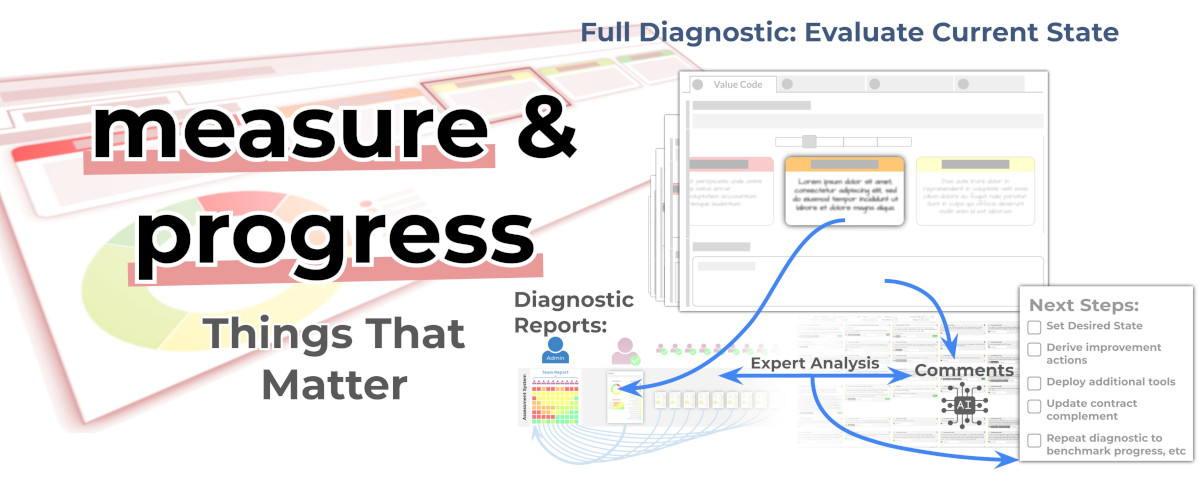
What began with a broad exploration of the situation now sees tight Value Code measures of the Things That Matter, demonstrating that the subjective has been made objective, and the abstract made specific, prompting even more focused comments to explain the evaluations made and what might need to happen:
Through charts and AI analysis similar to when surfacing the Things That Matter, the current state of each Value Code is now objectively established – including by identifying and resolving perception gaps where these occur.
The fact that the Value Codes contain fleshed-out evaluation statements also has several other benefits:
- Differences of perception and opinion can be resolved between objective statements that can be investigated and a single version of the truth agreed.
- It is possible to consider both an ideal state and a desired one – these are often different, where the latter is an interim step towards the former.
- Additional options exist to invite diagnostic participants to propose improvement actions (which can be reviewed and considered, again augmented by AI analysis).
A roadmap for change and improvement
Most of all, complementing the options to ask for suggested actions, the differences between successive evaluation statements indicate what actions are needed – whether for incremental or dramatic improvement:
The Value Code approach therefore:
- Makes it possible to focus on those Value Codes where improvement is most urgent.
- Naturally attracts and catalyses mindful, creative thought and innovation.
- Helps identify where actions can have the biggest impact.
- Pinpoints exactly where to bring in existing tools: the main problem with most best practice and standards is that they’re applied by default across the board, which is intensely wasteful, but their specific provisions absolutely make sense to apply when and where specifically and currently relevant.
Progress can be measured by regular repeats of the diagnostic, with new Things That Matter and associated Value Codes brought into scope as things adapt and improve – a process of engagement, motivation and change that achieves and demonstrates results.

